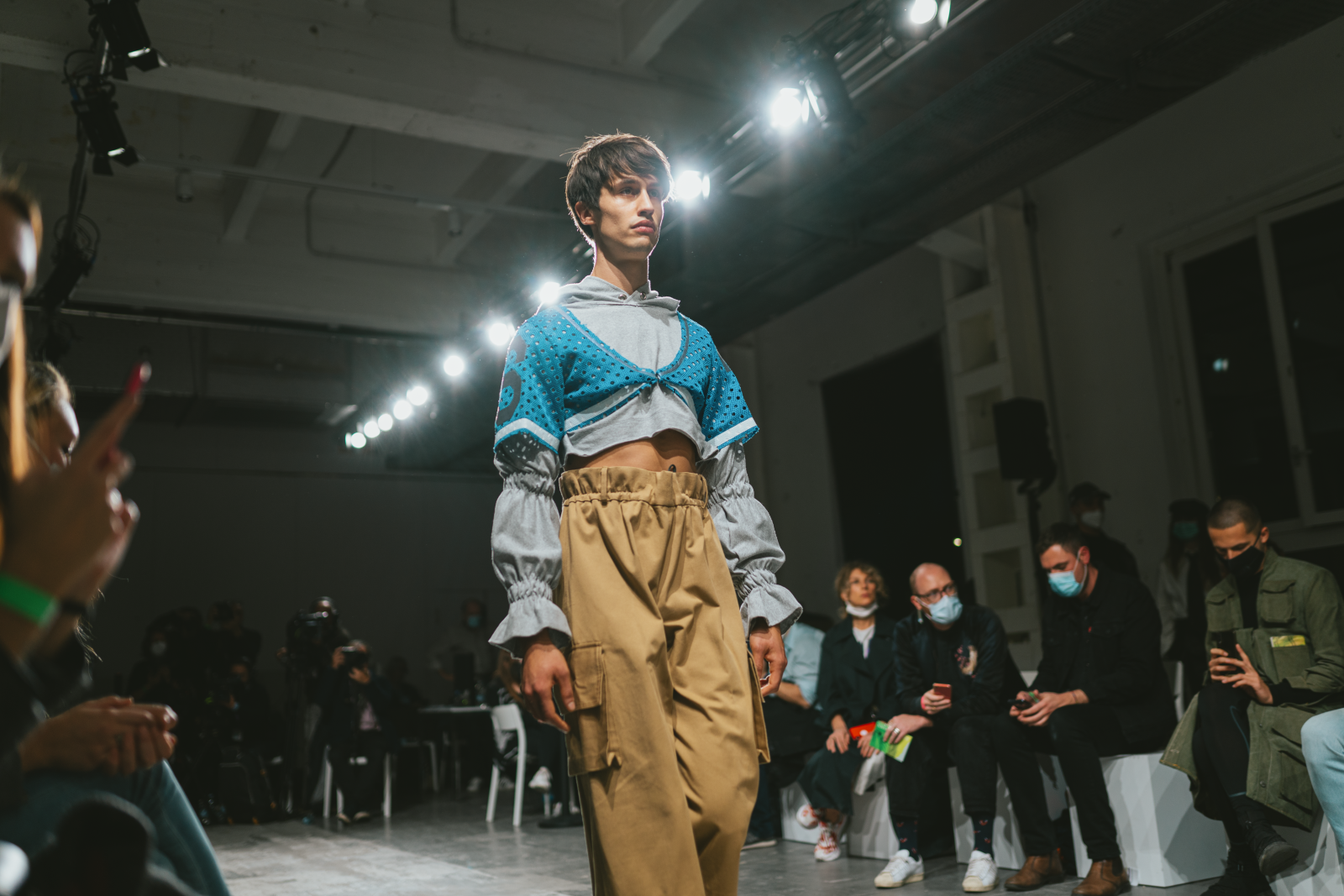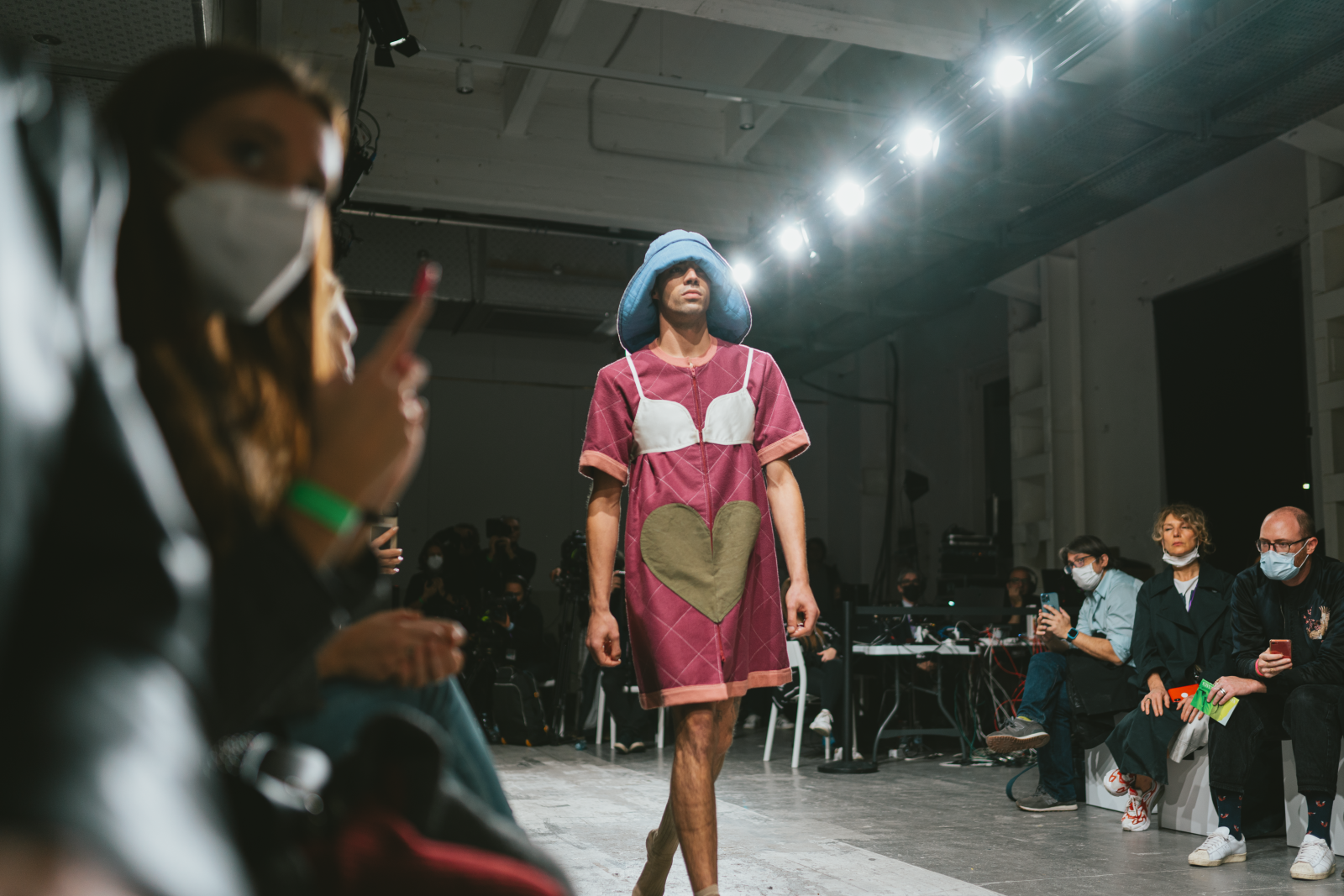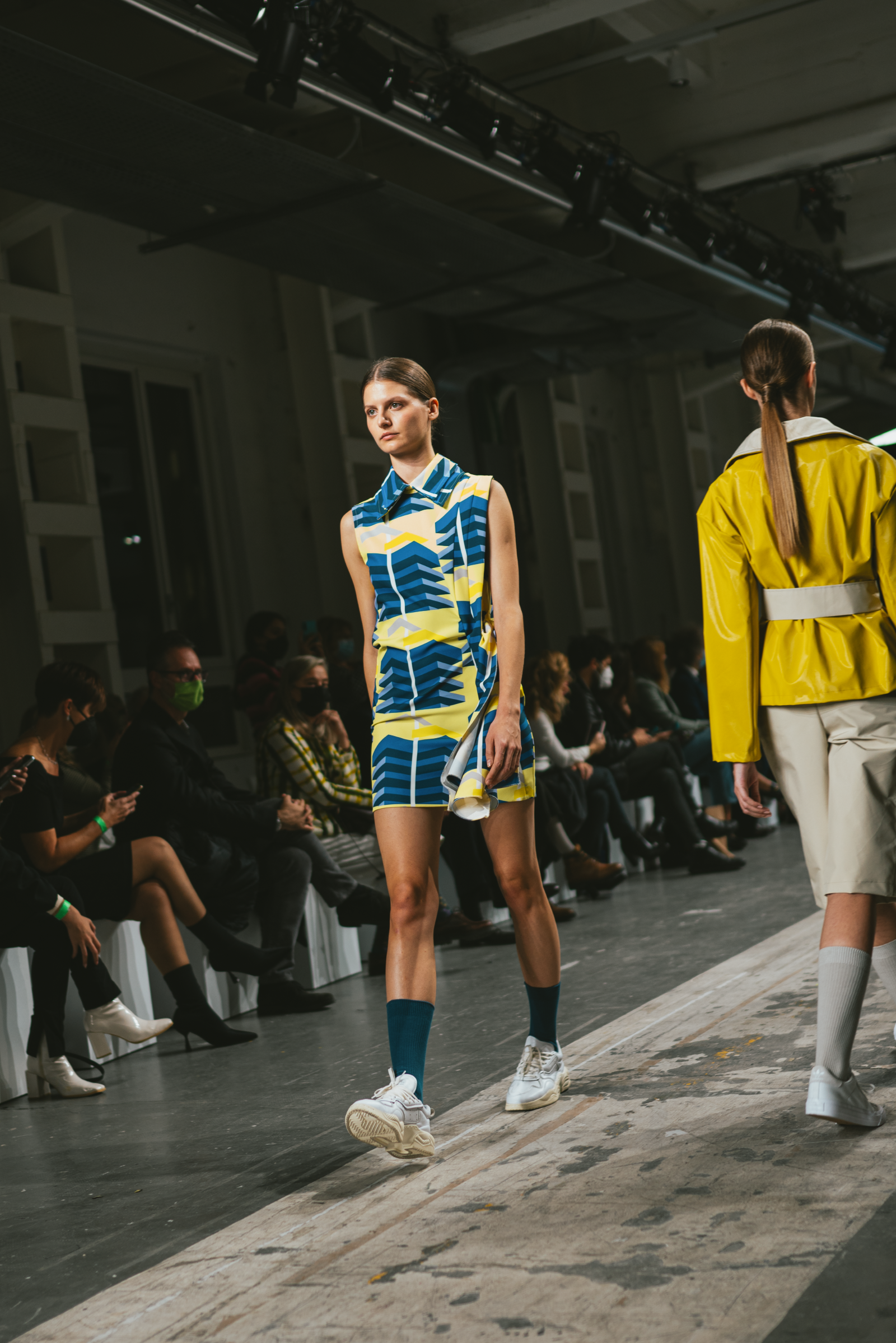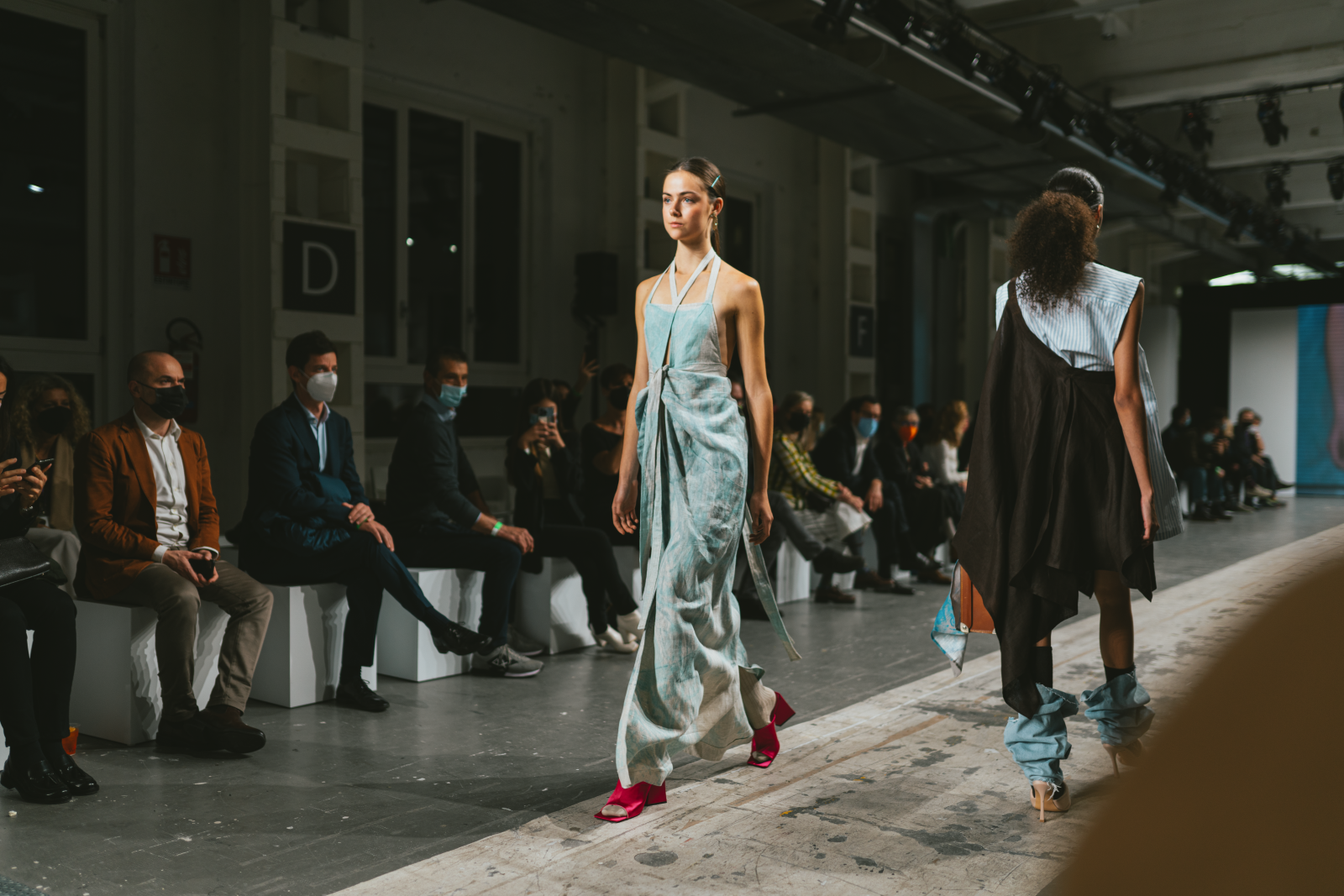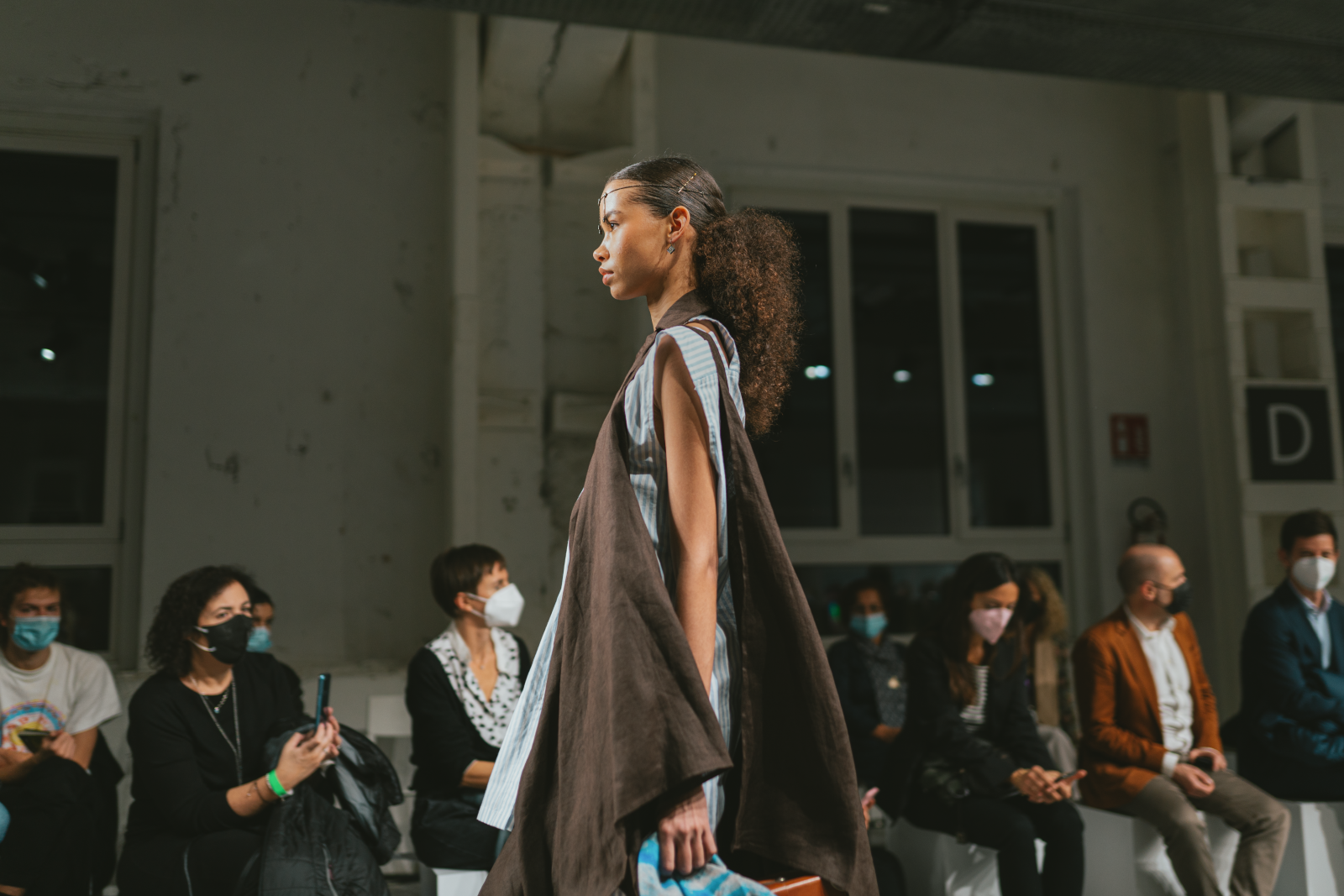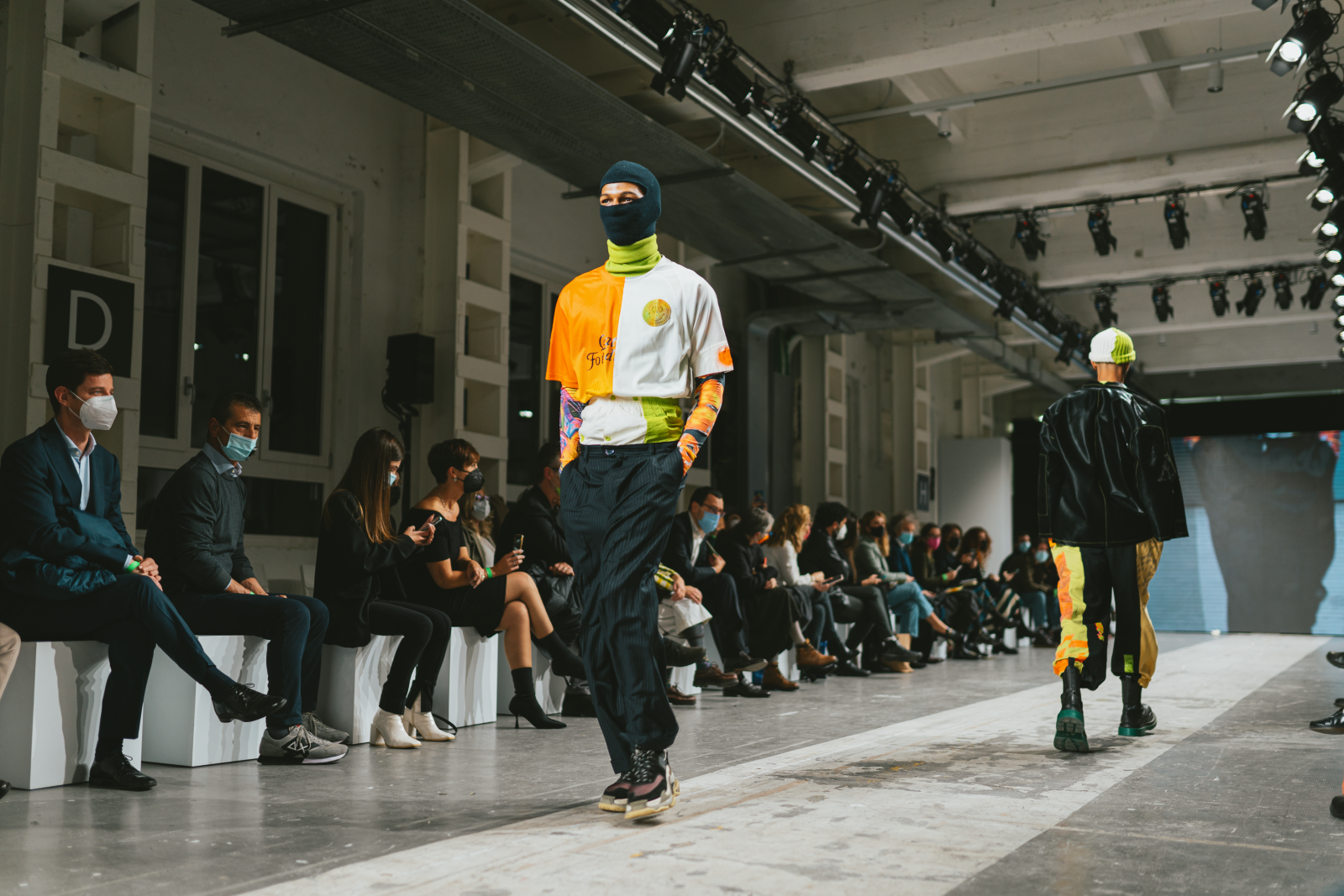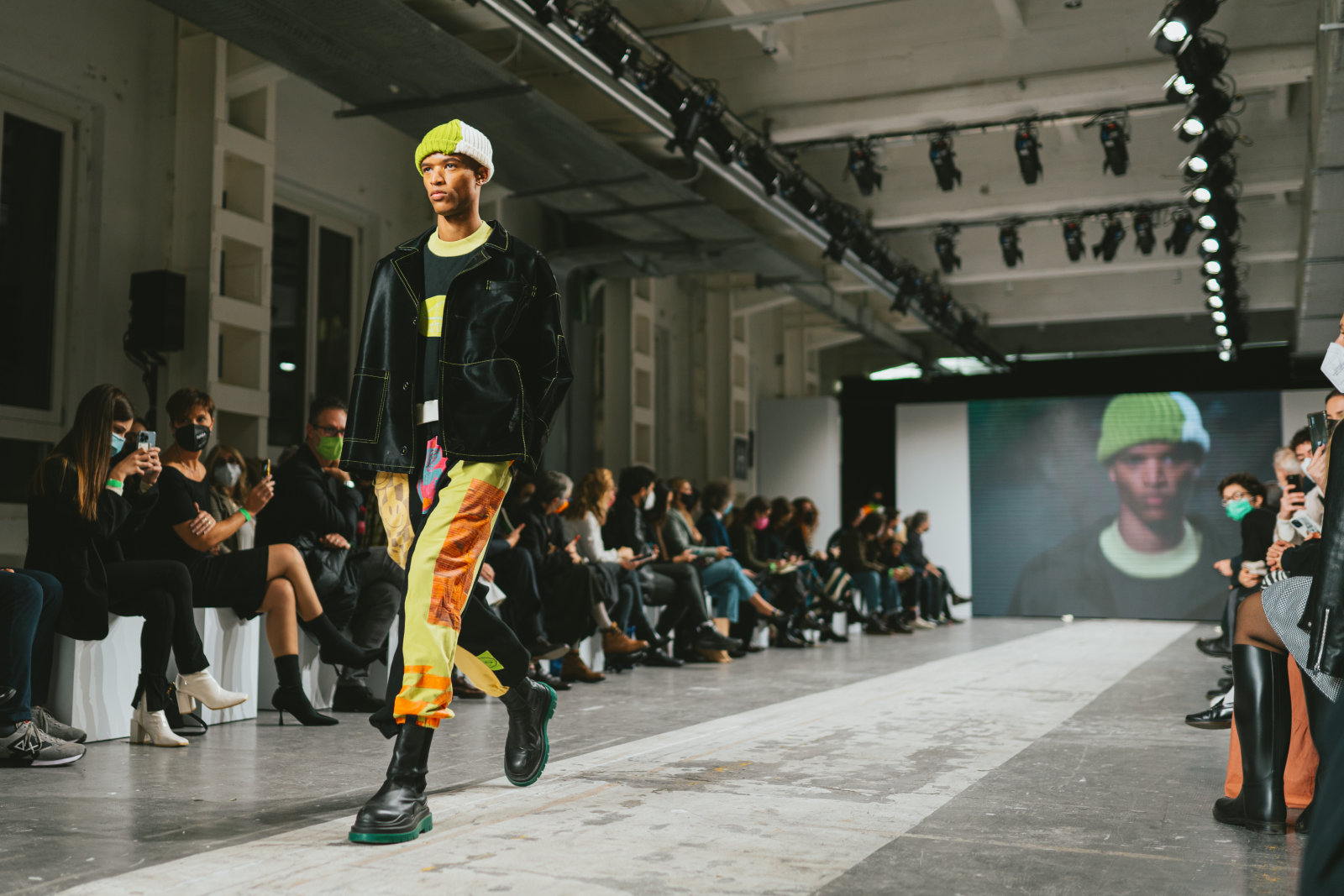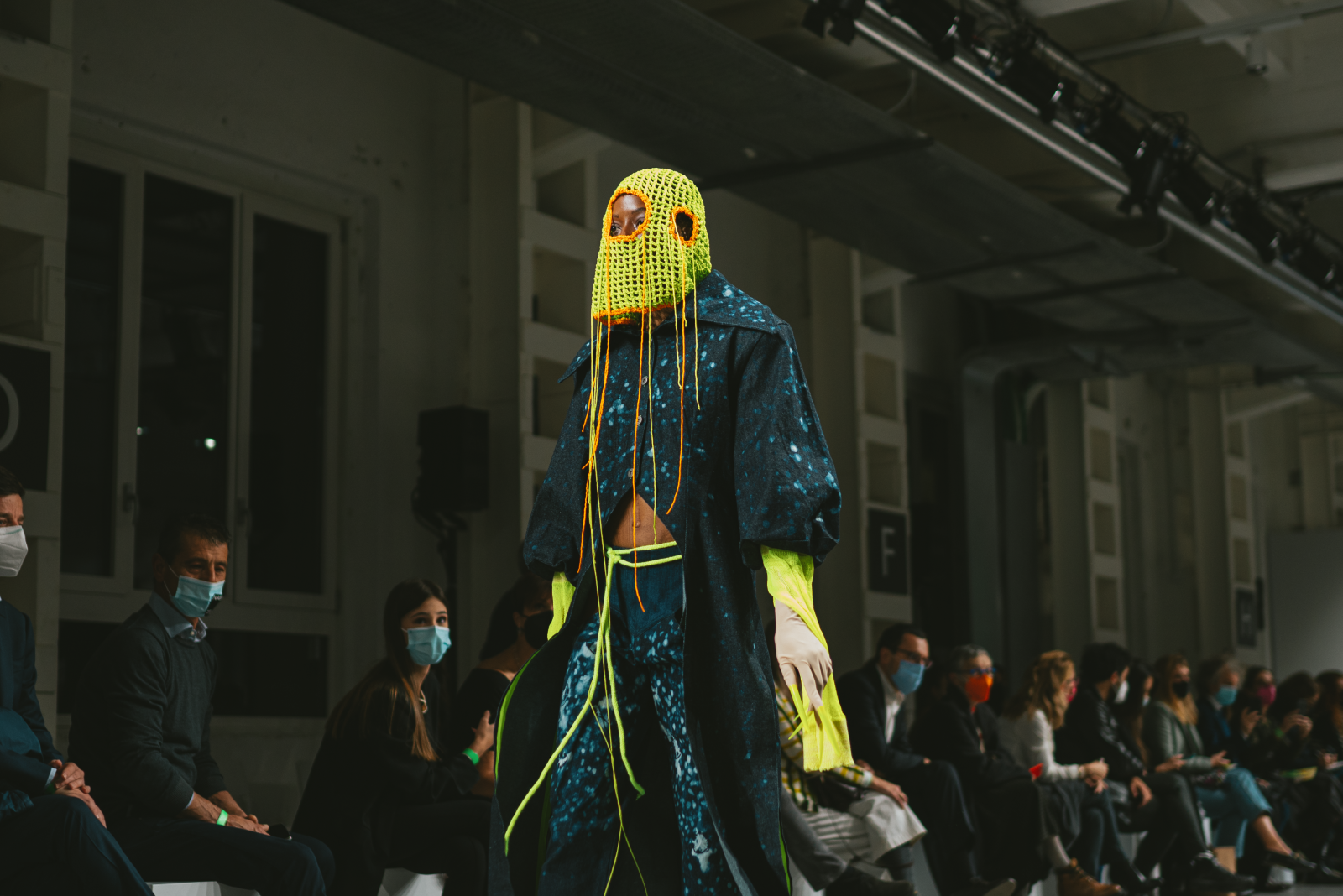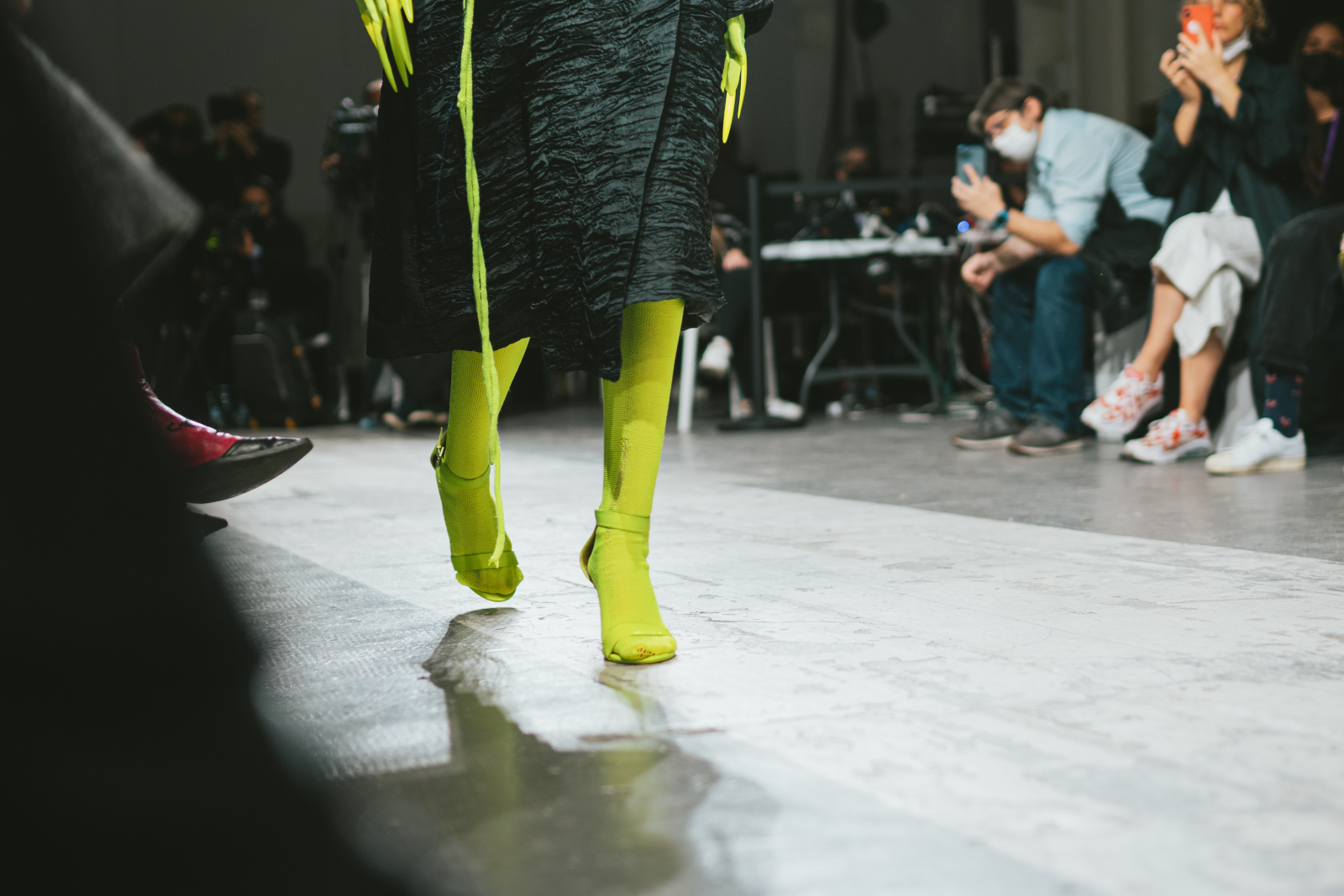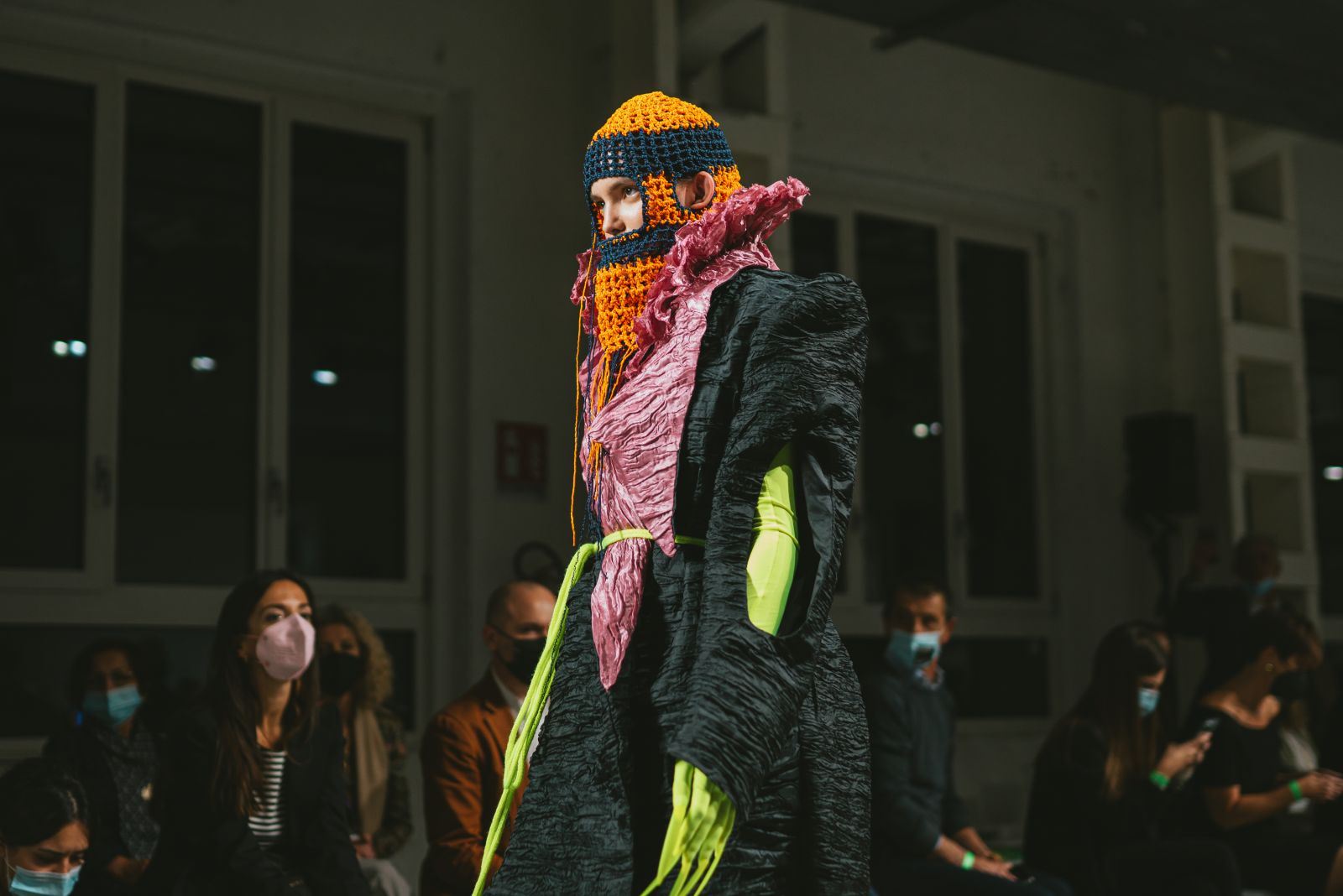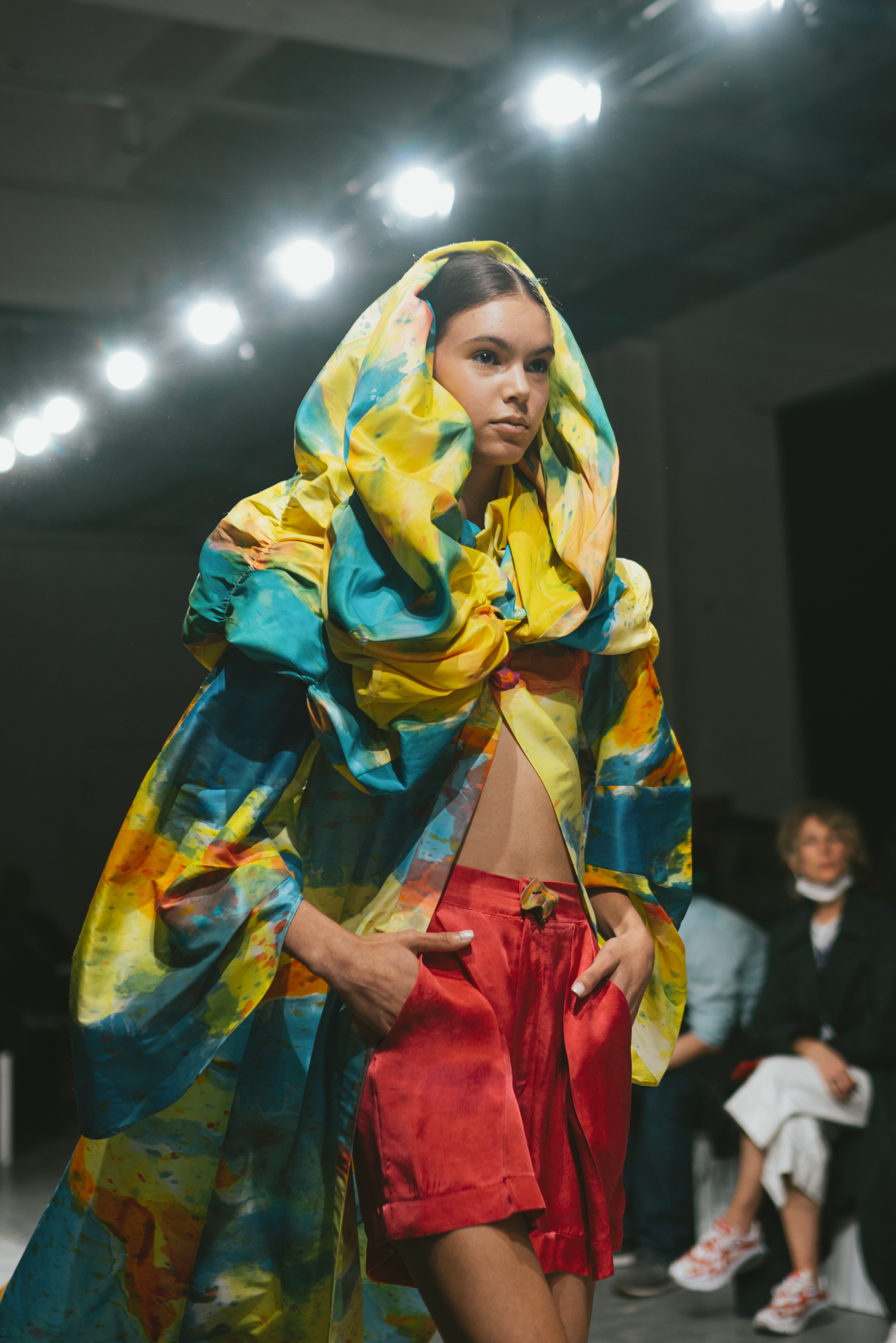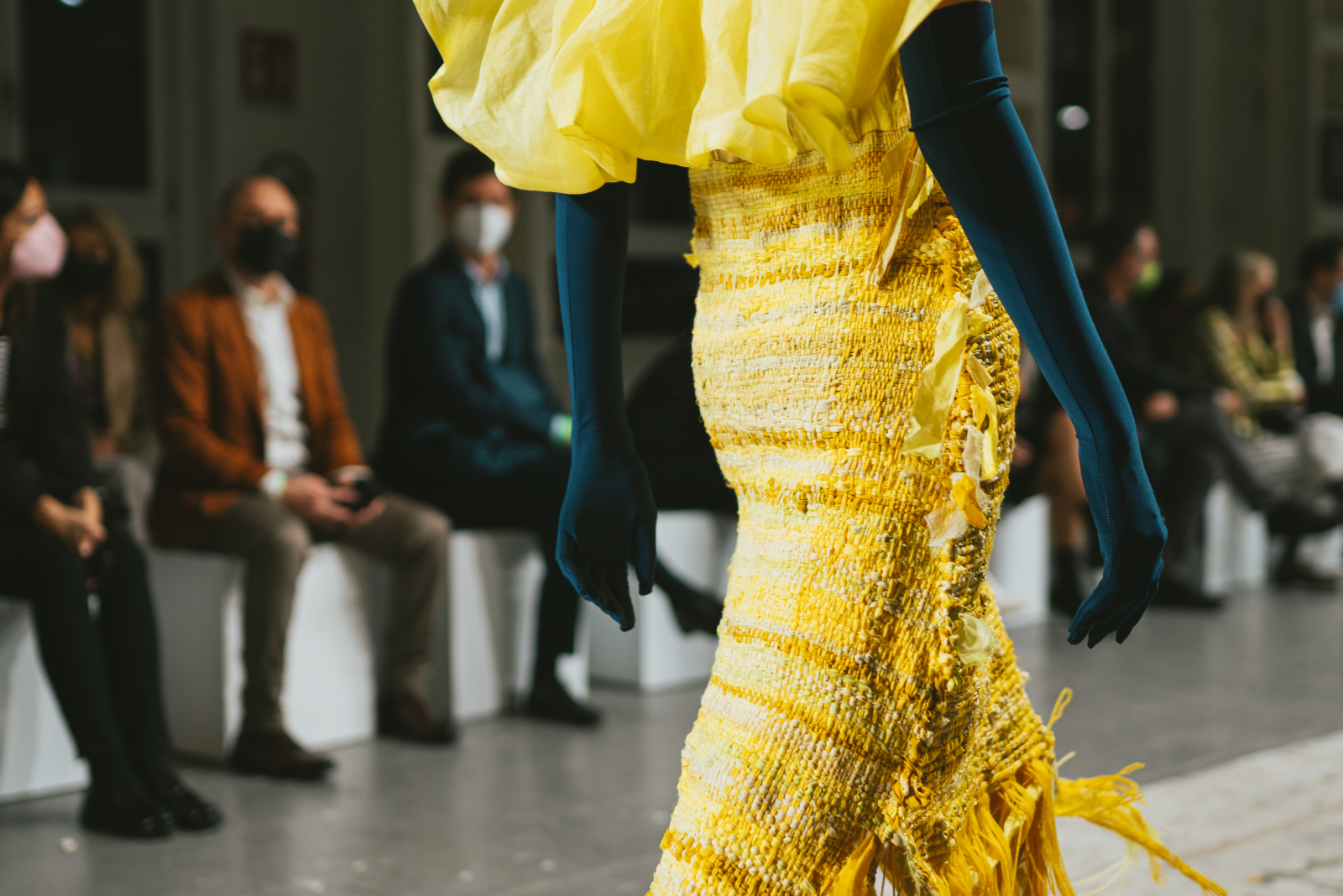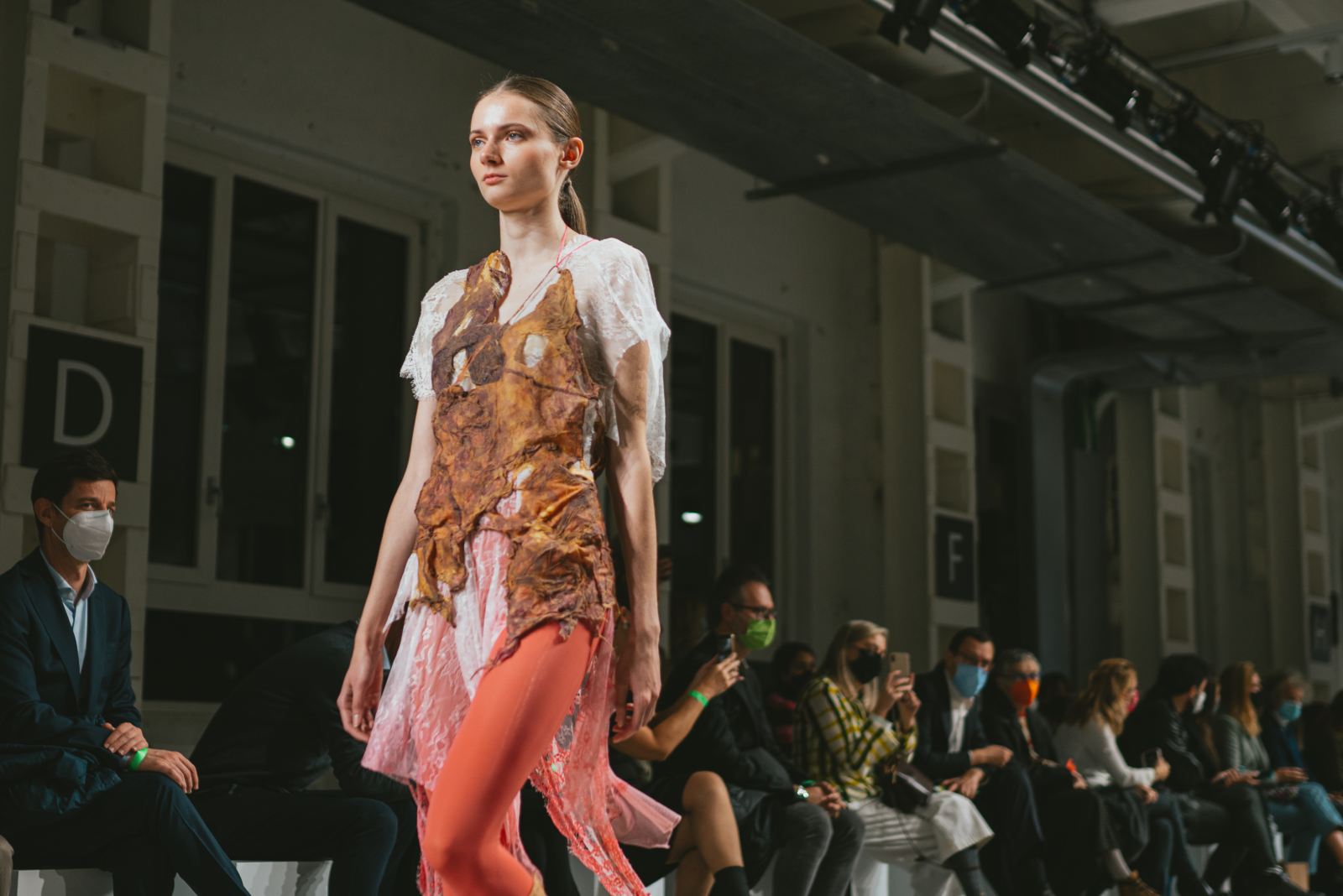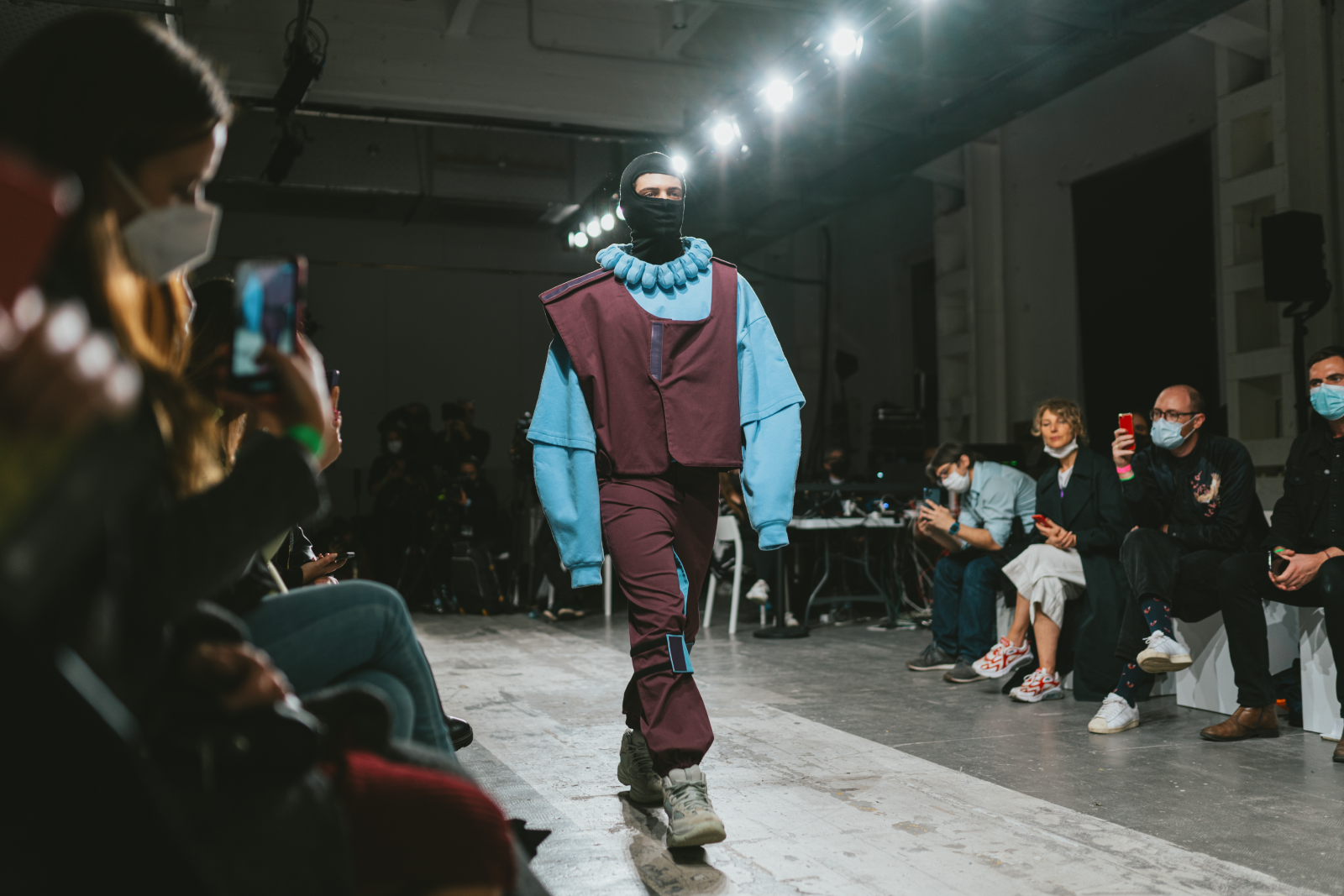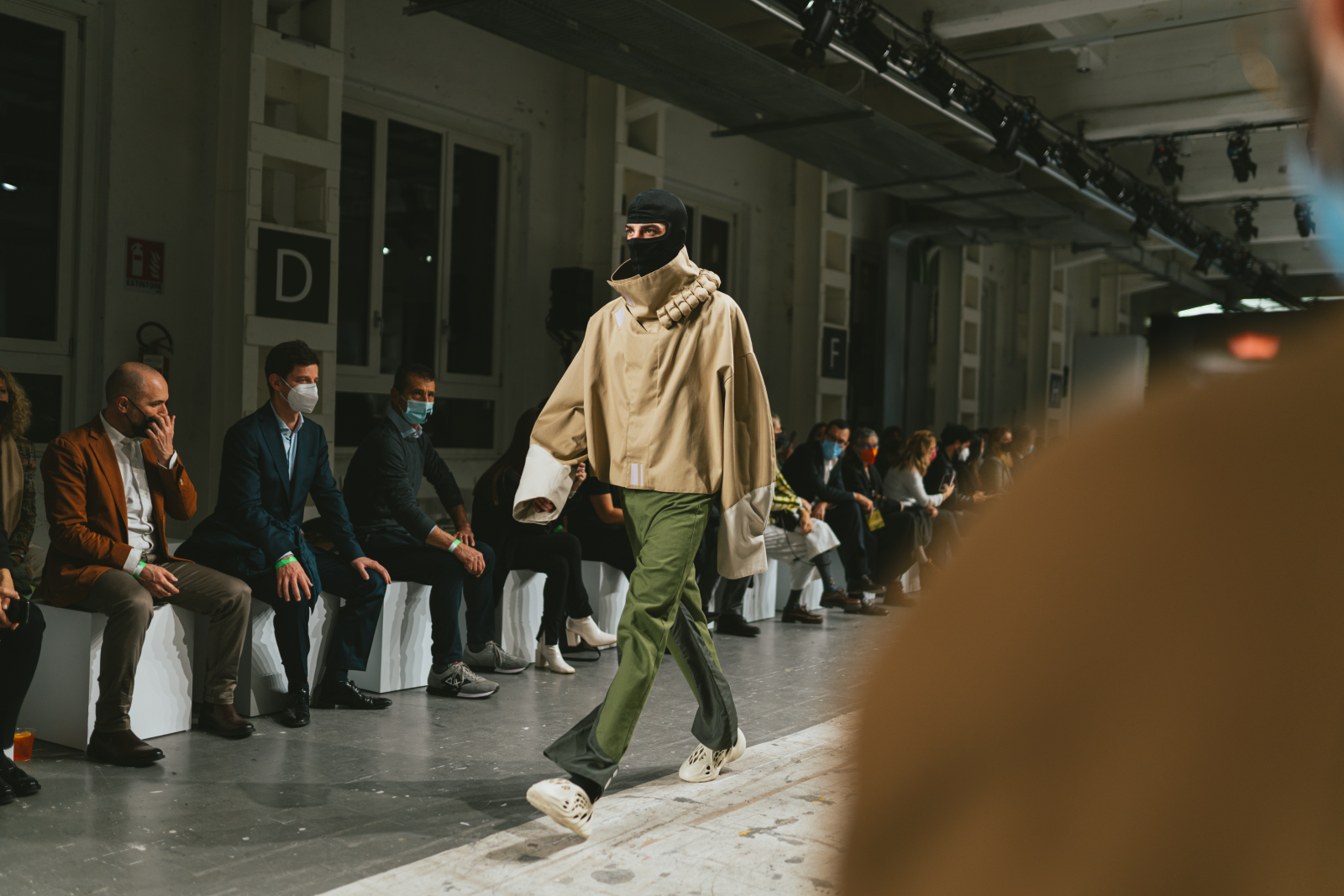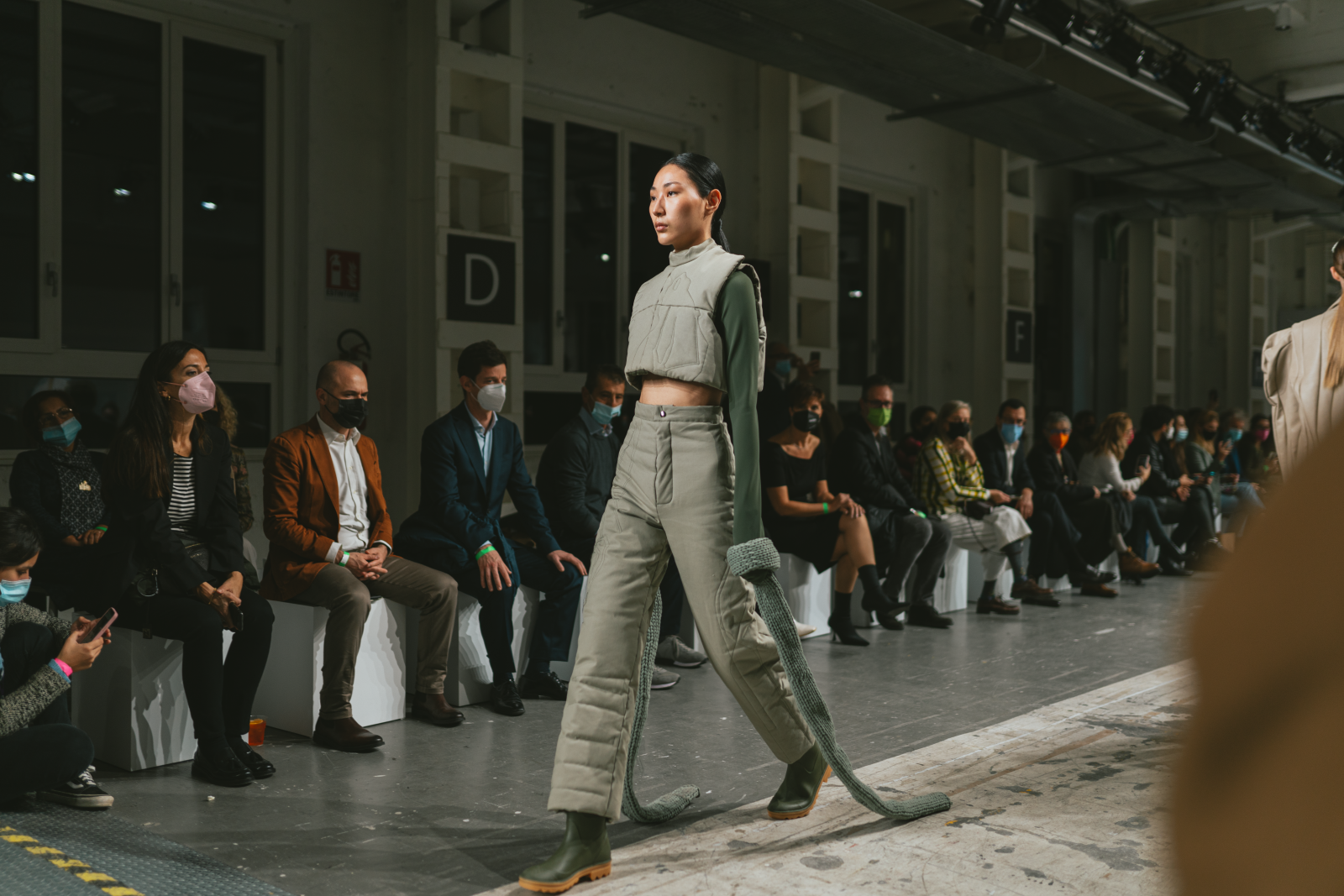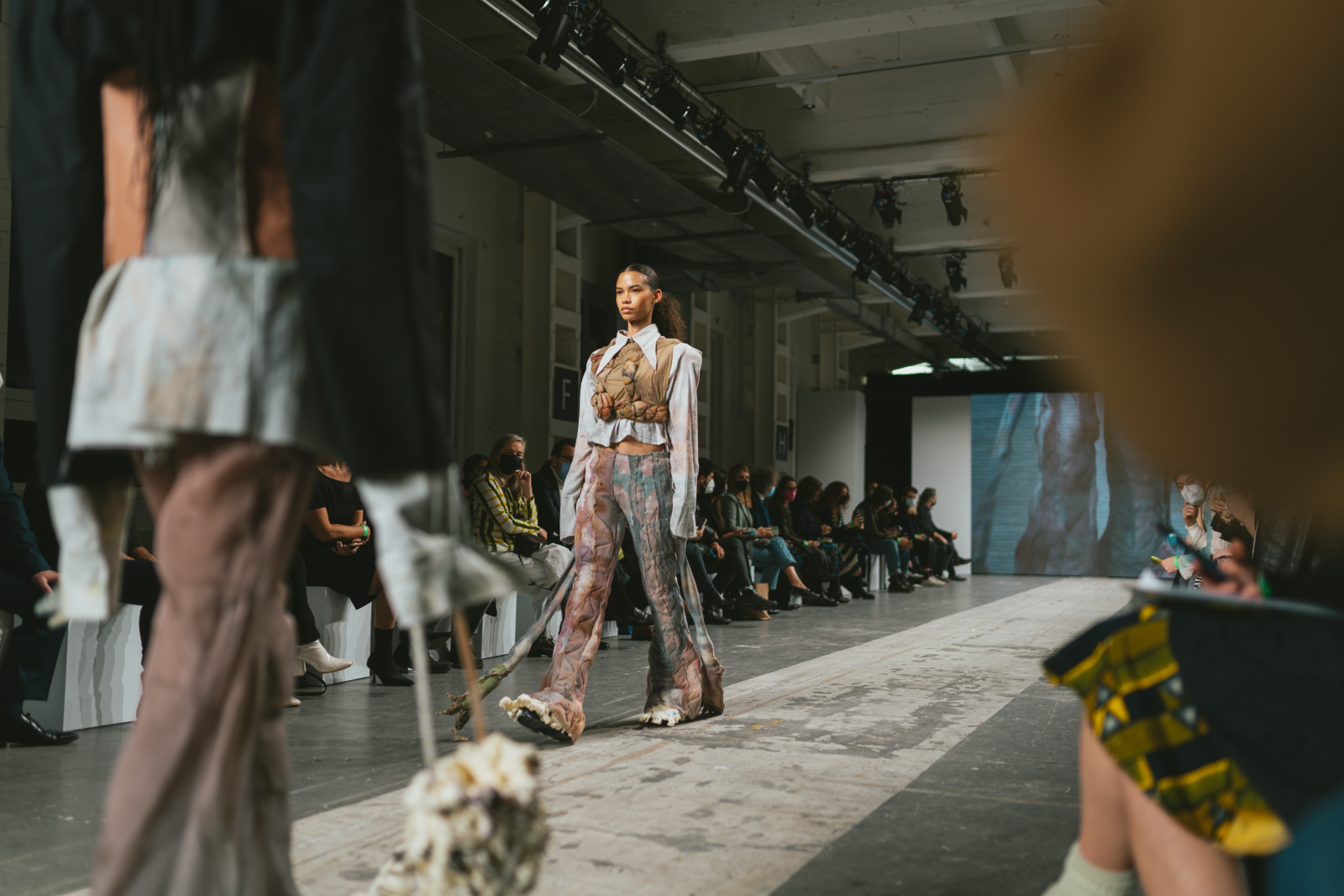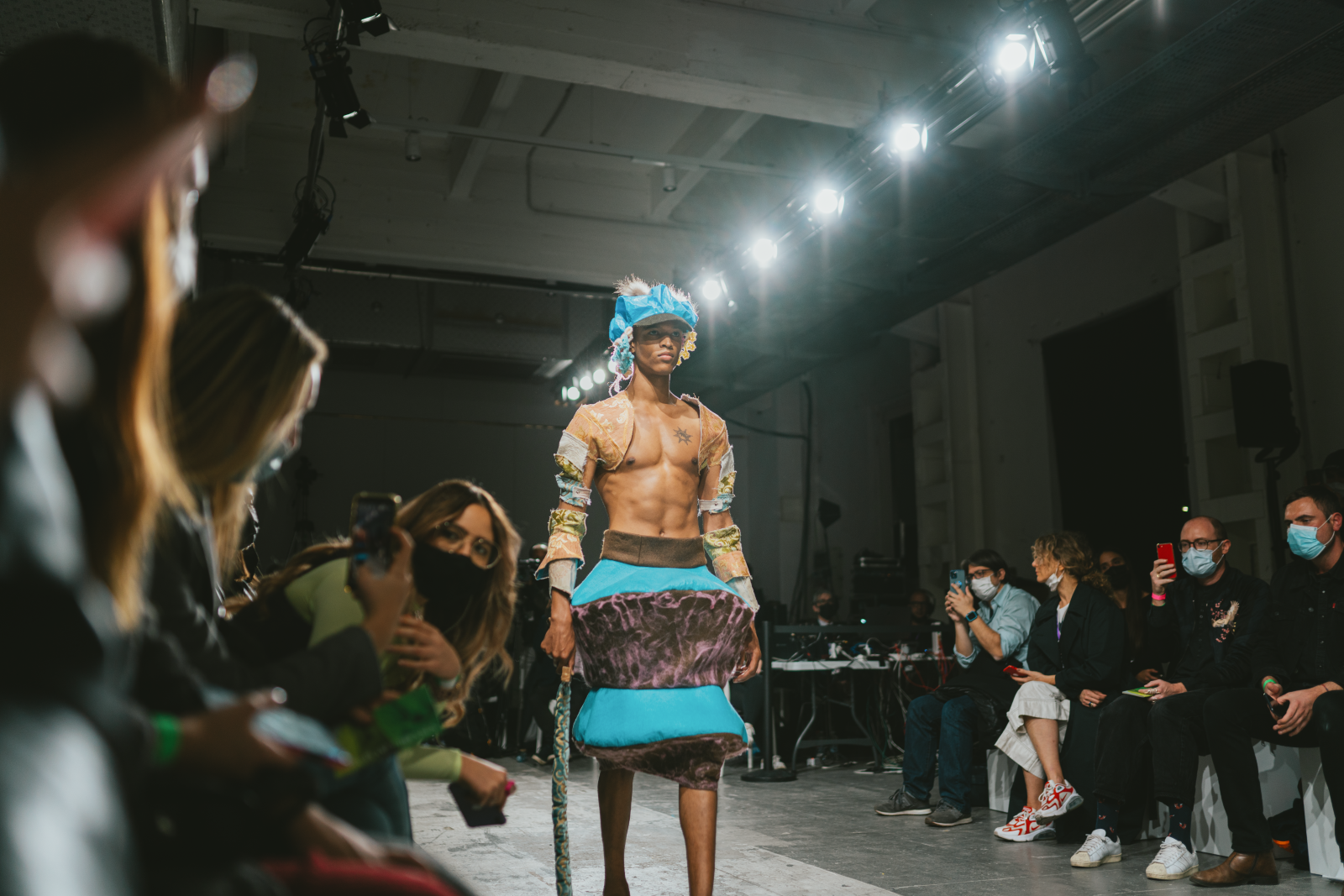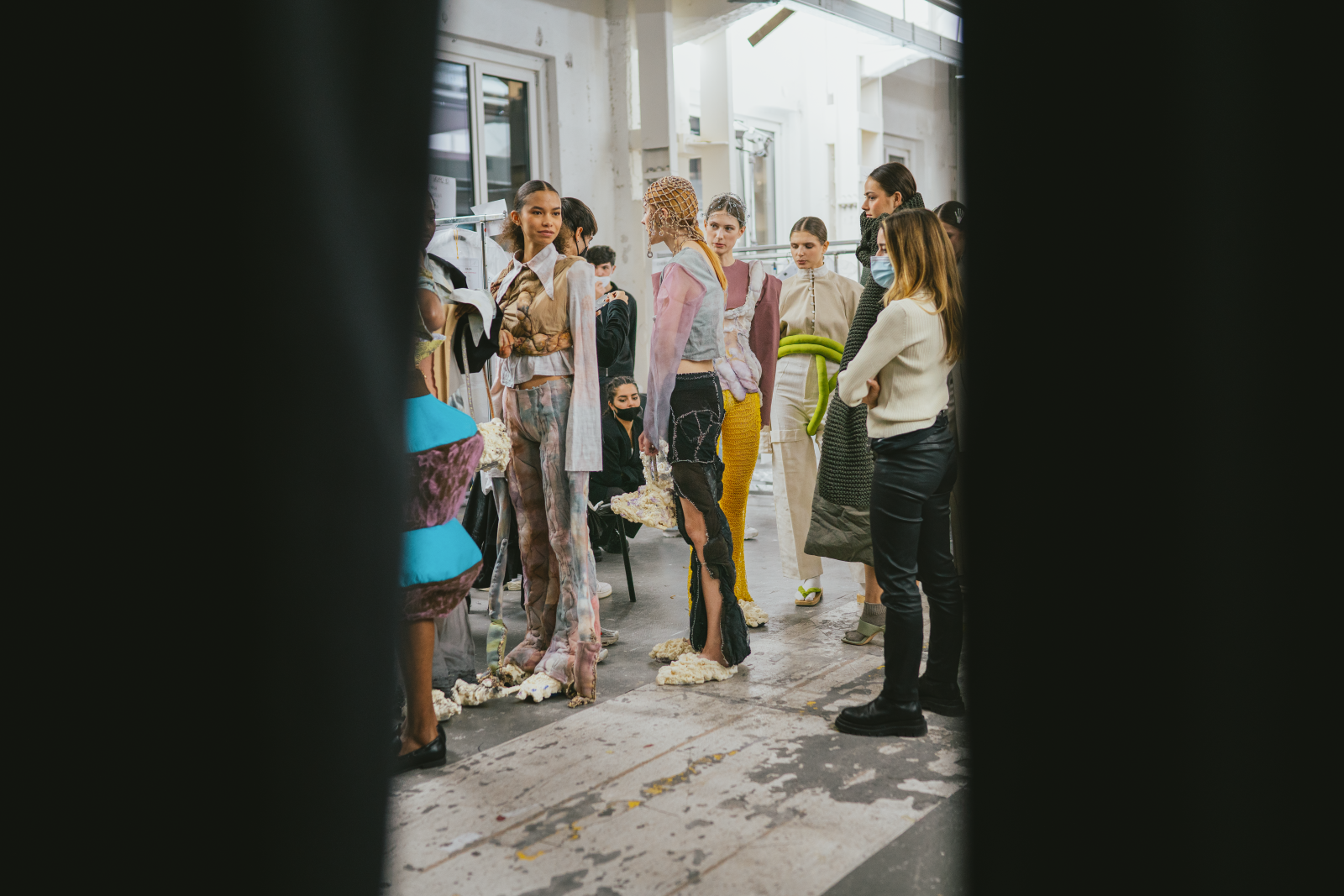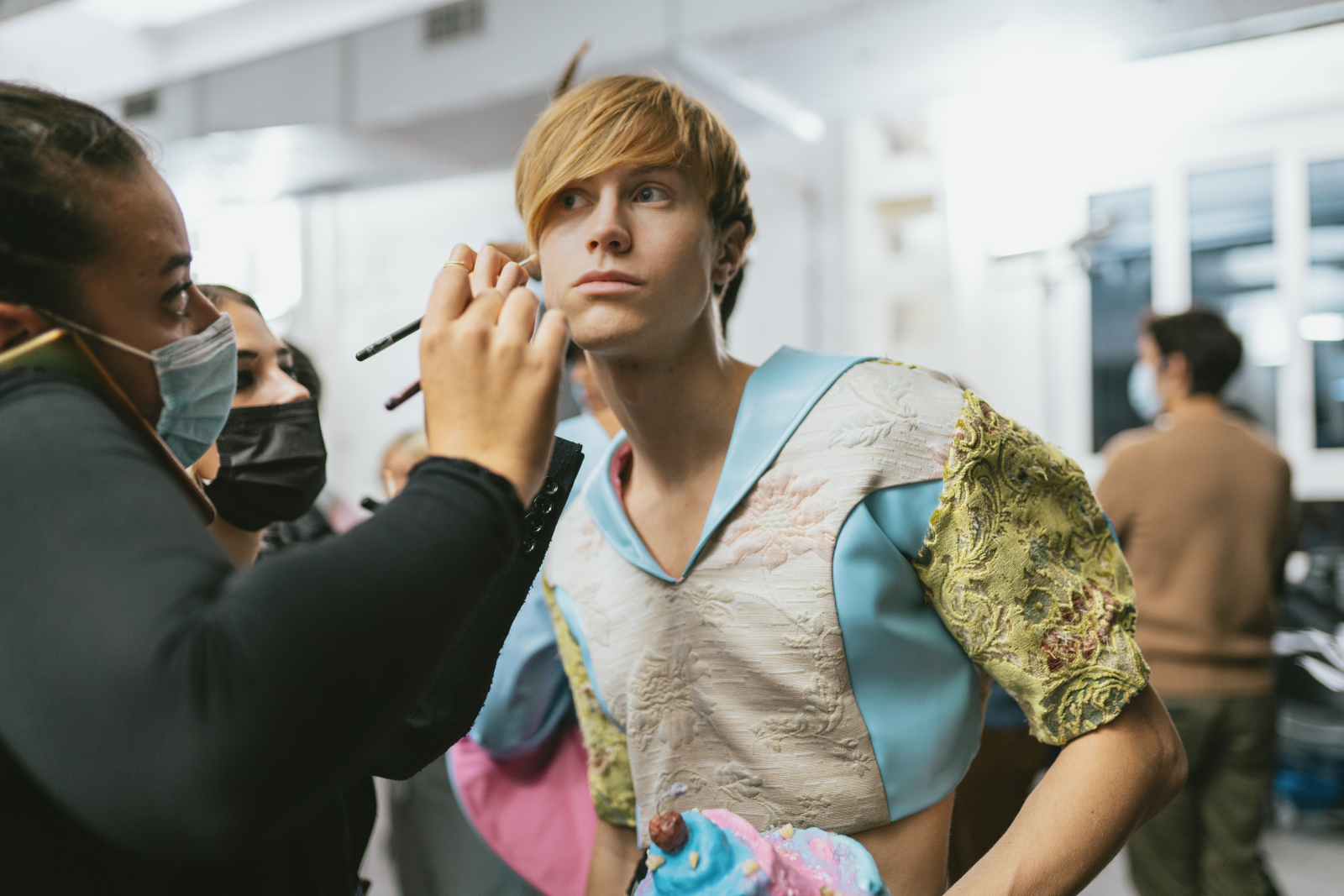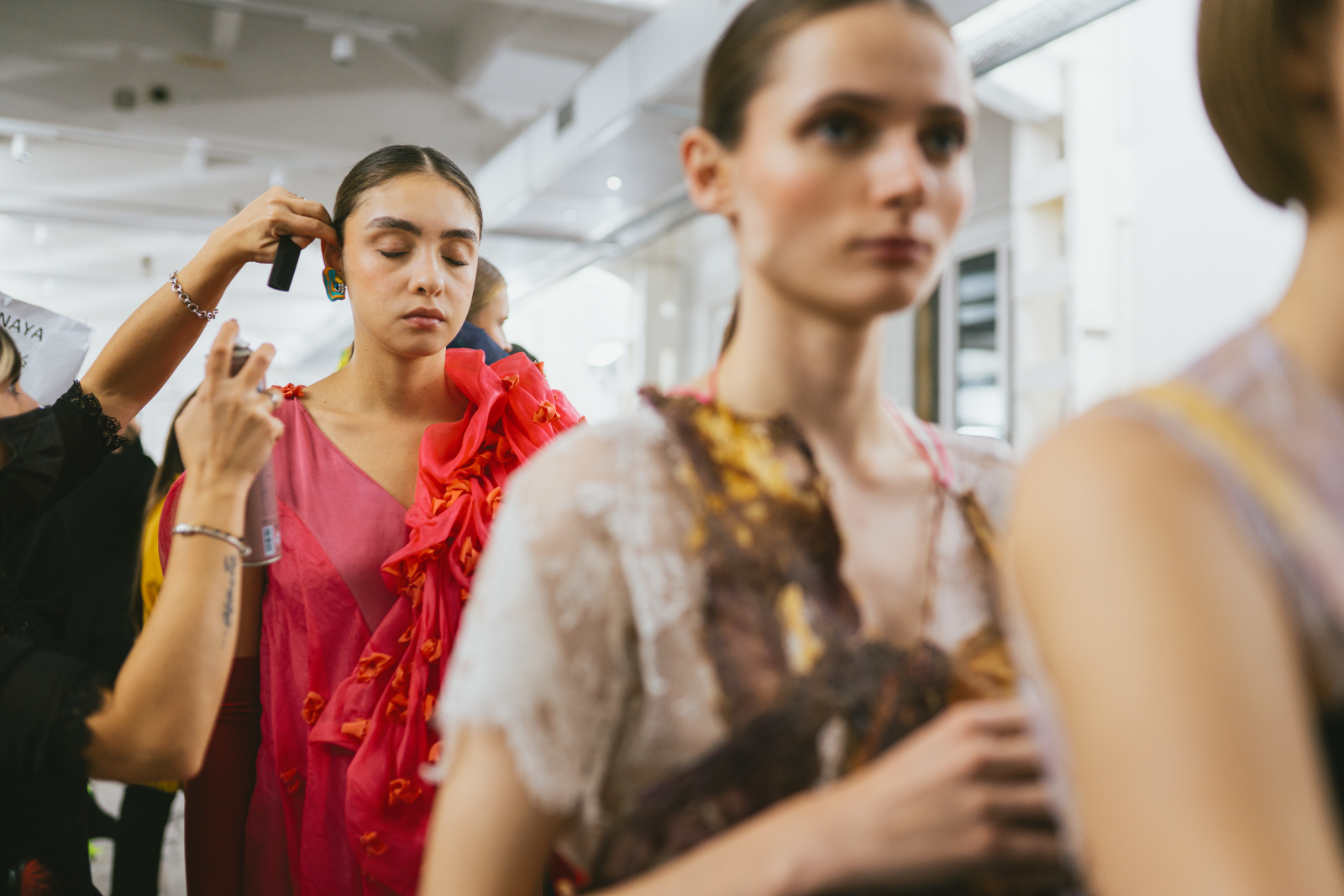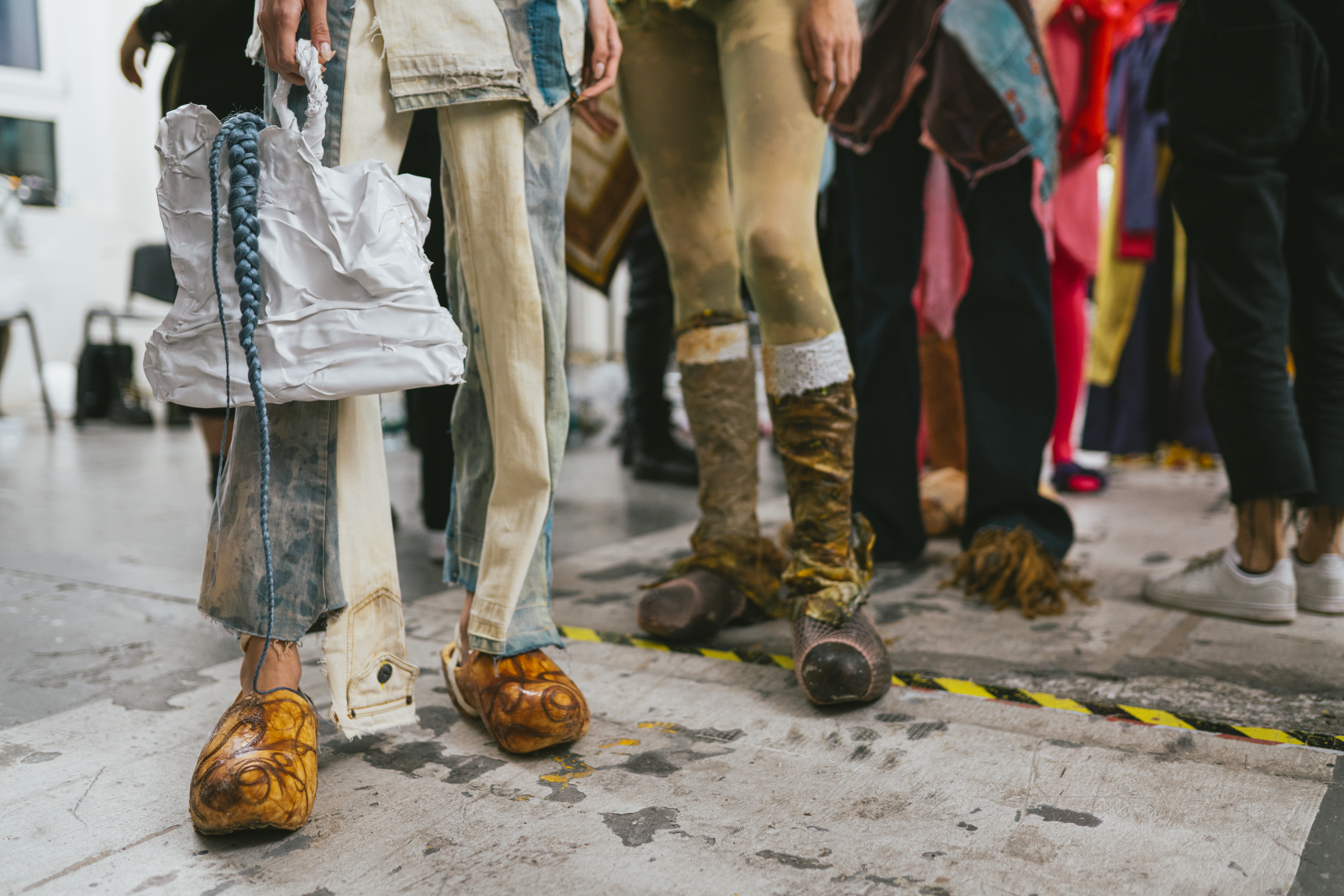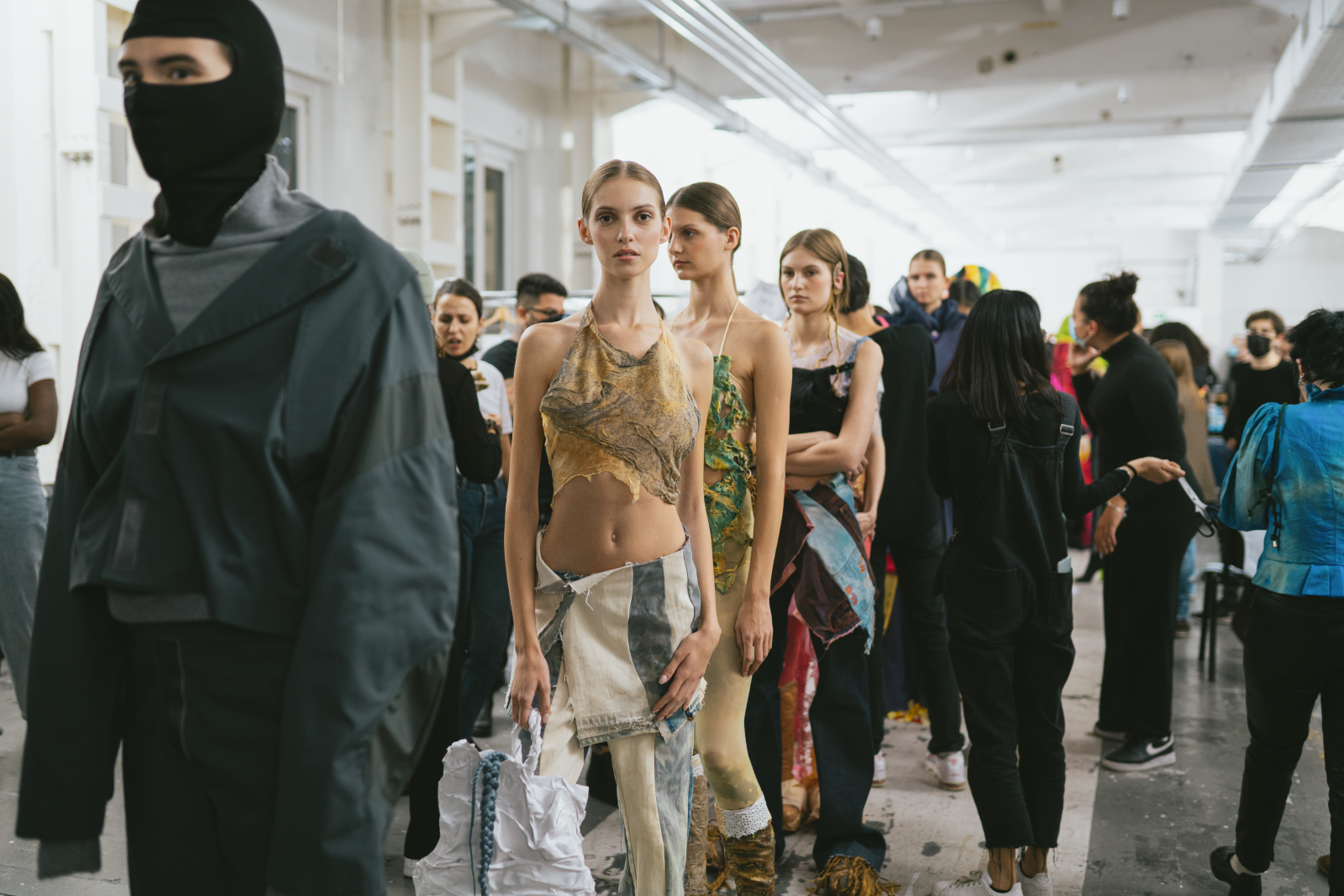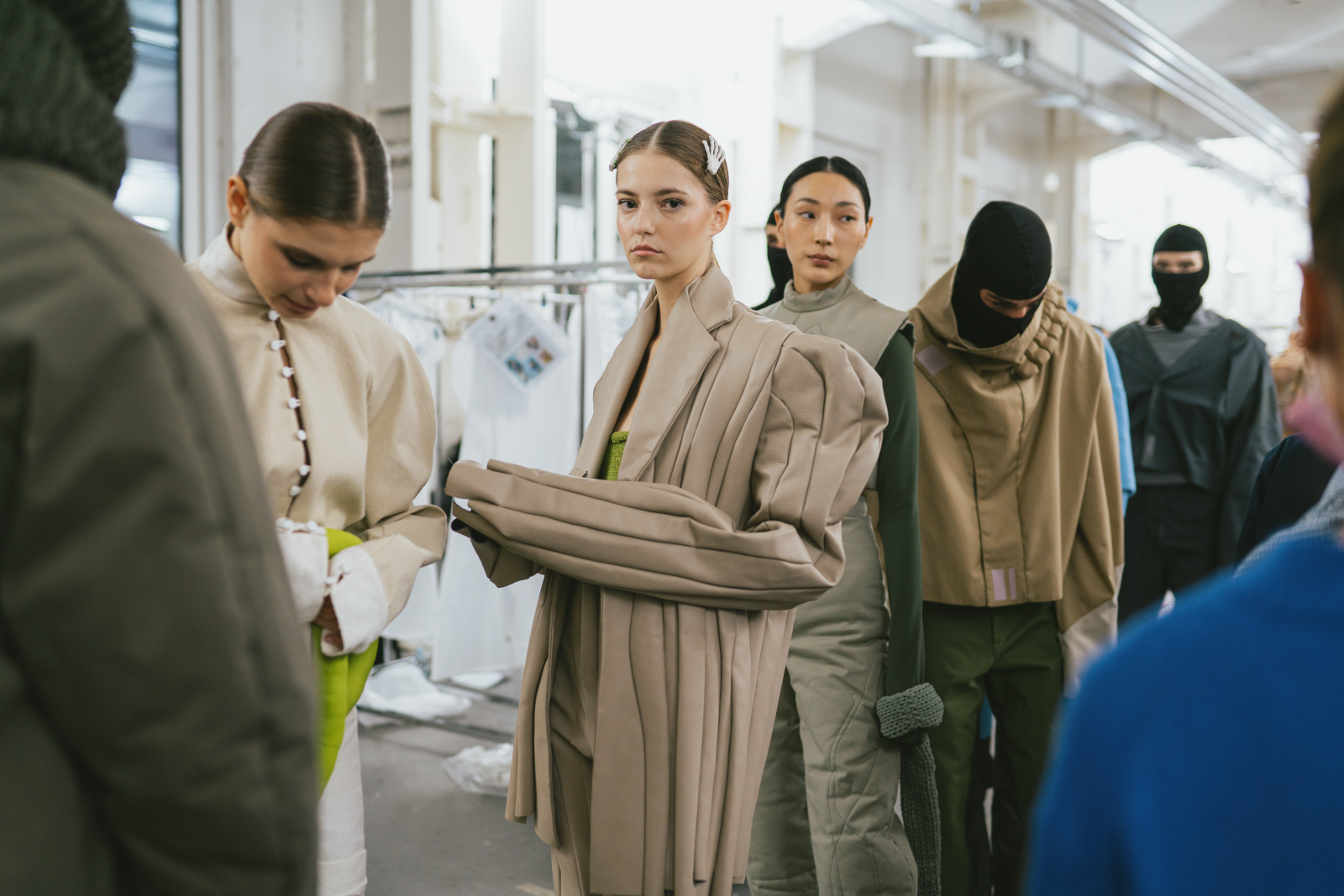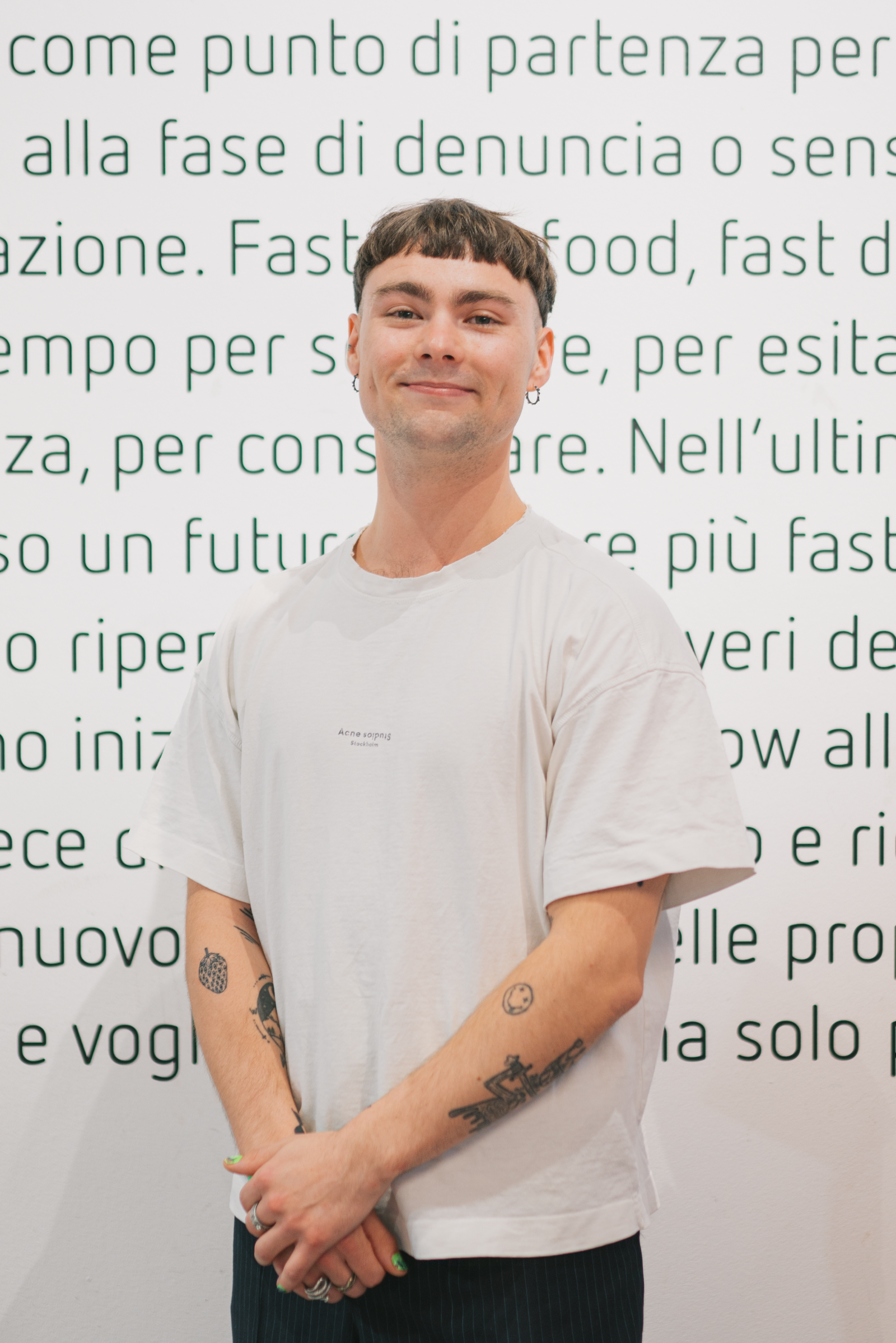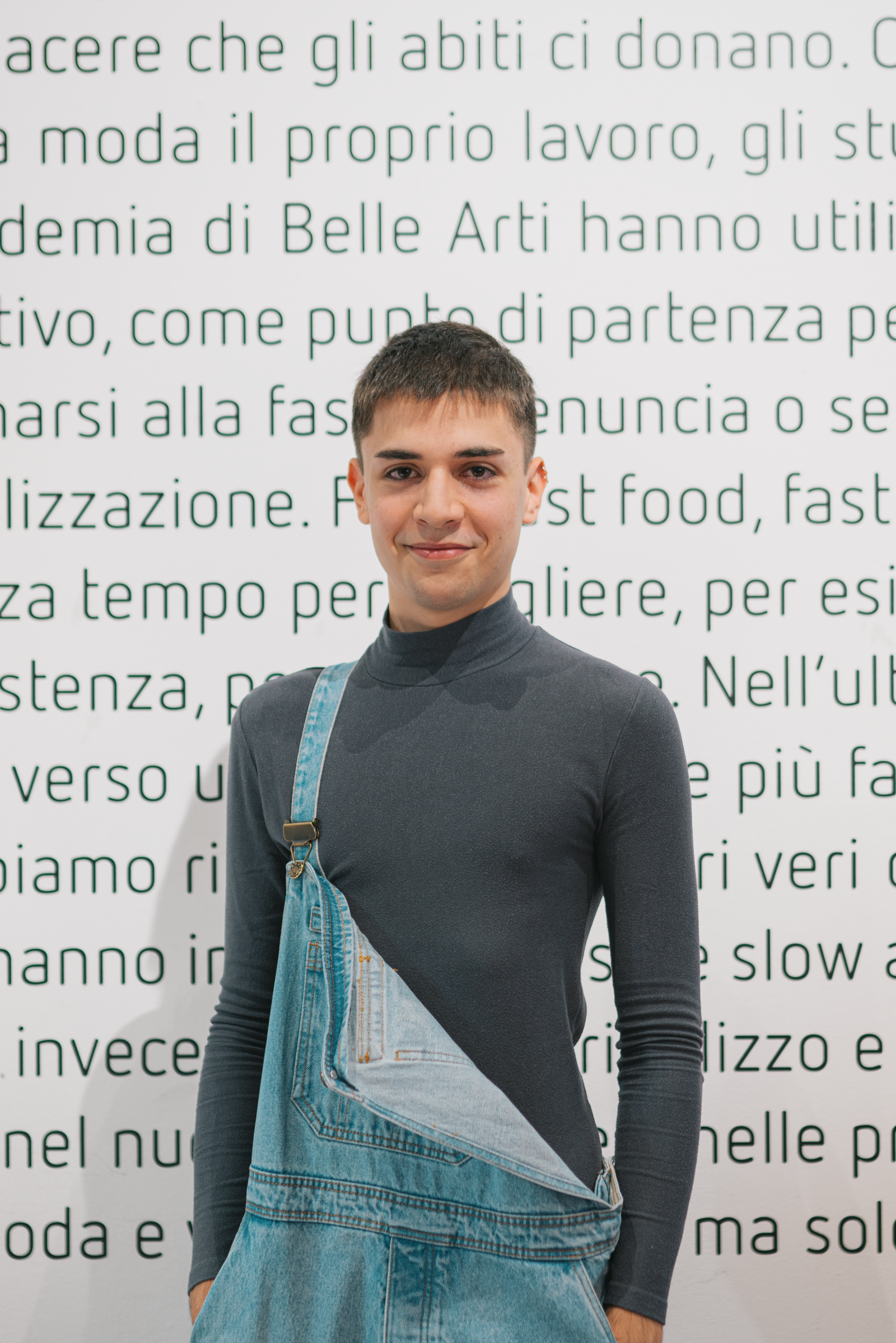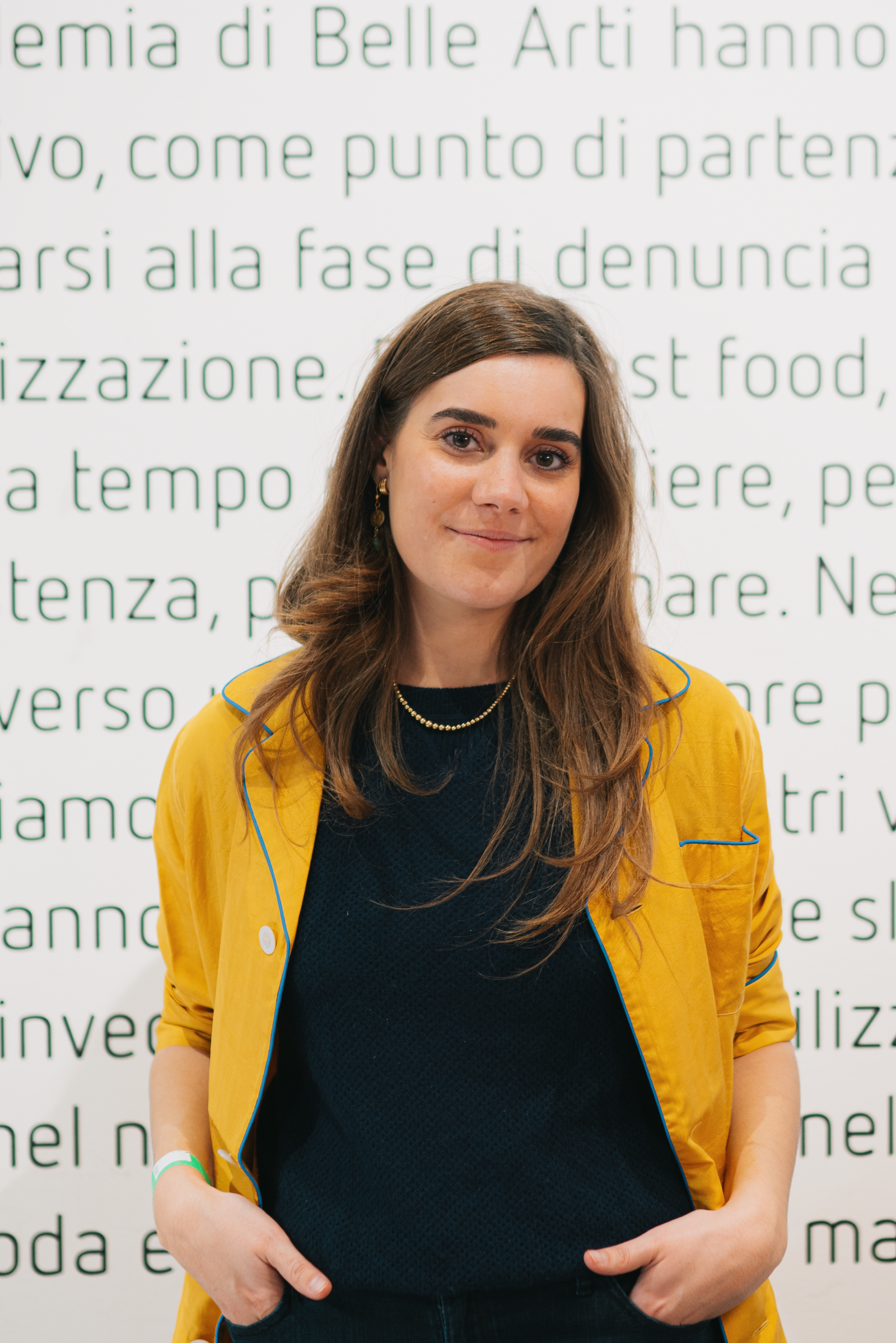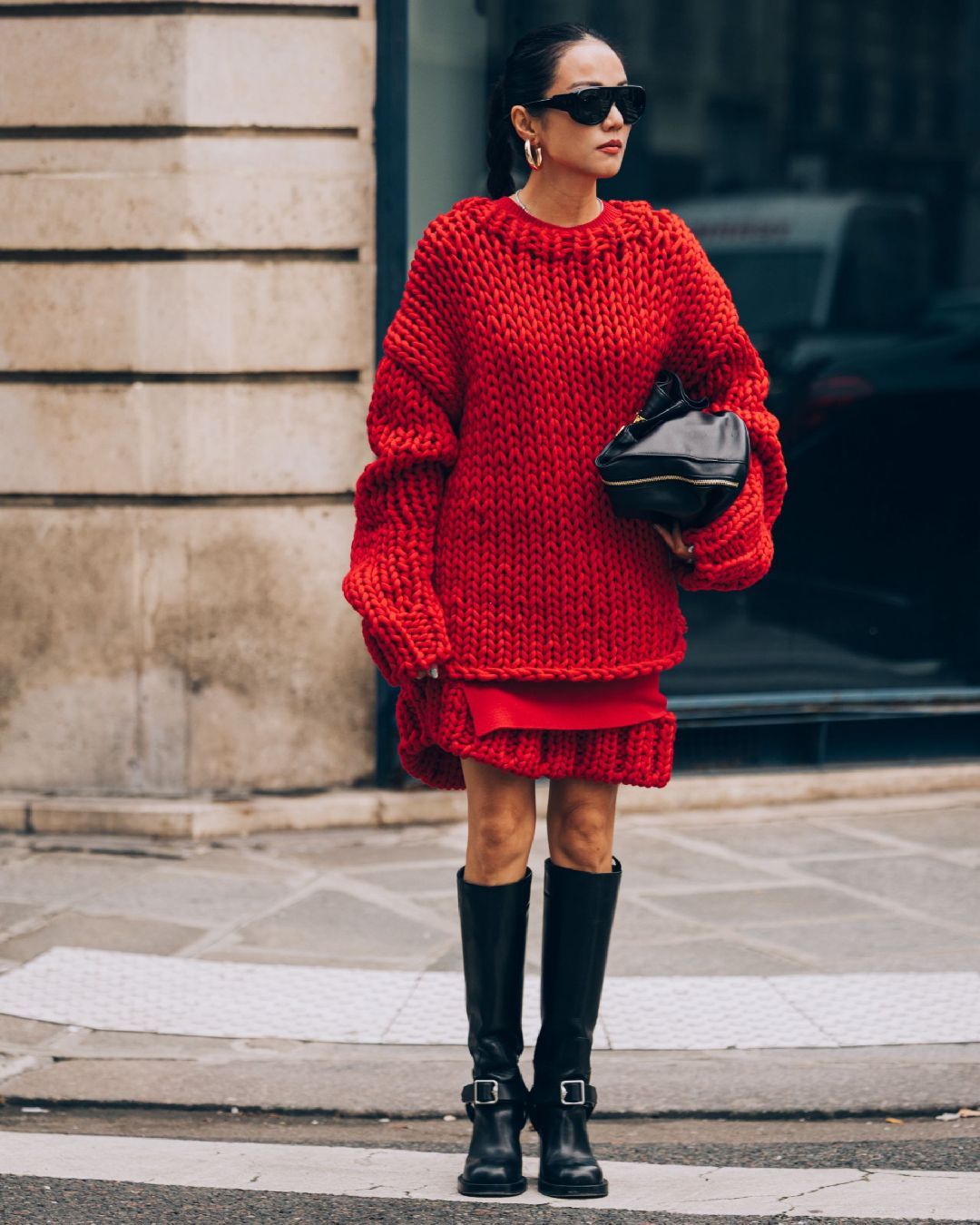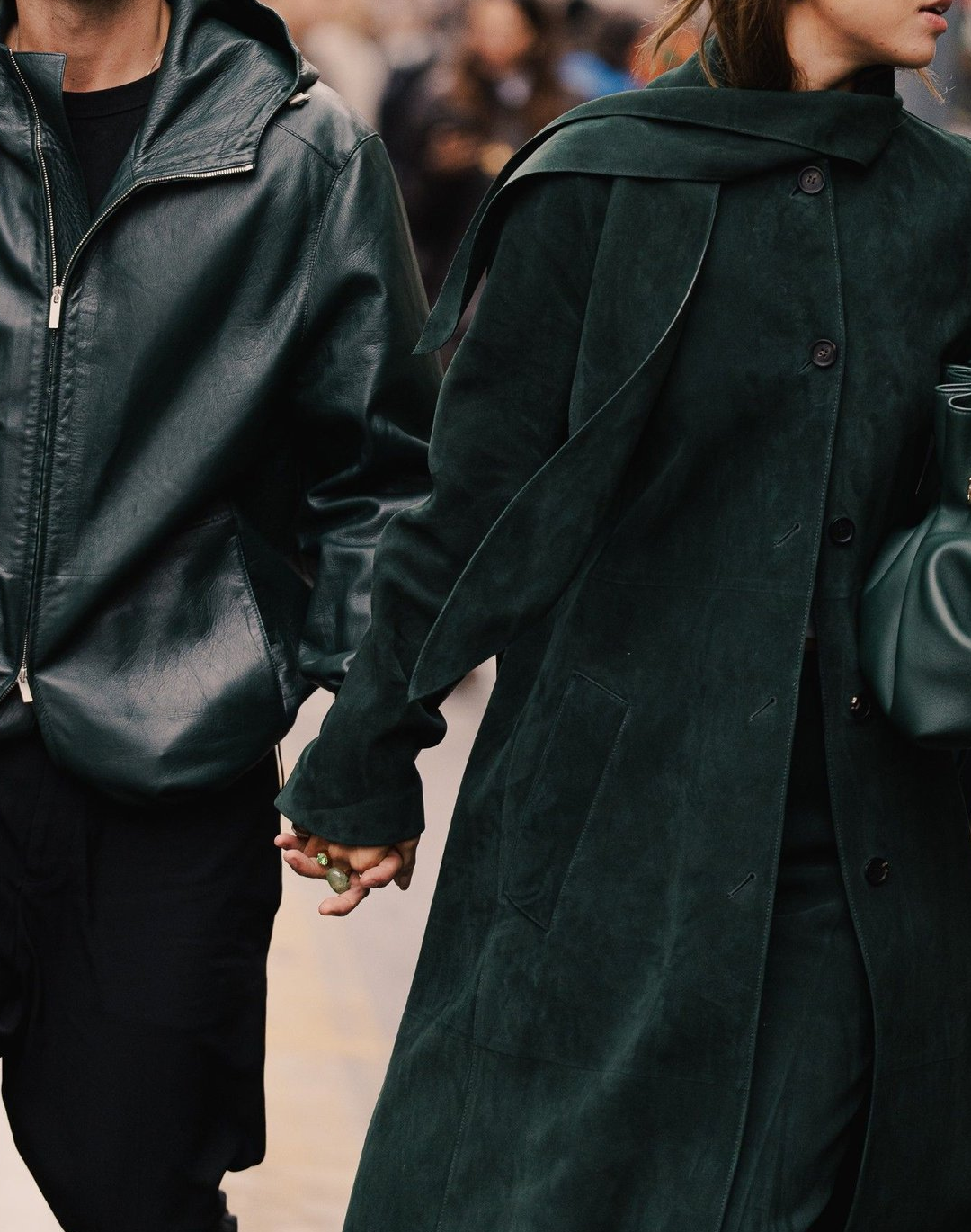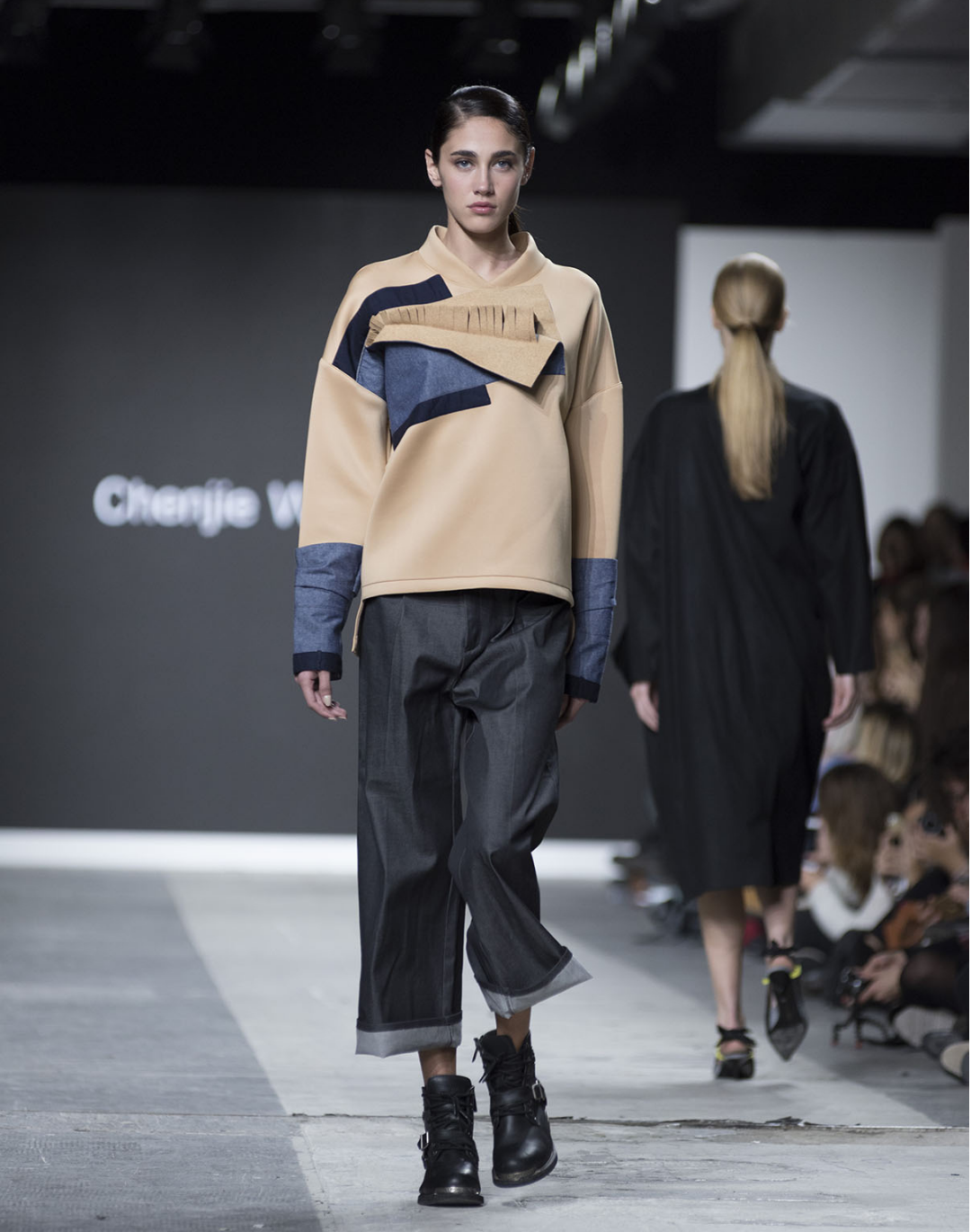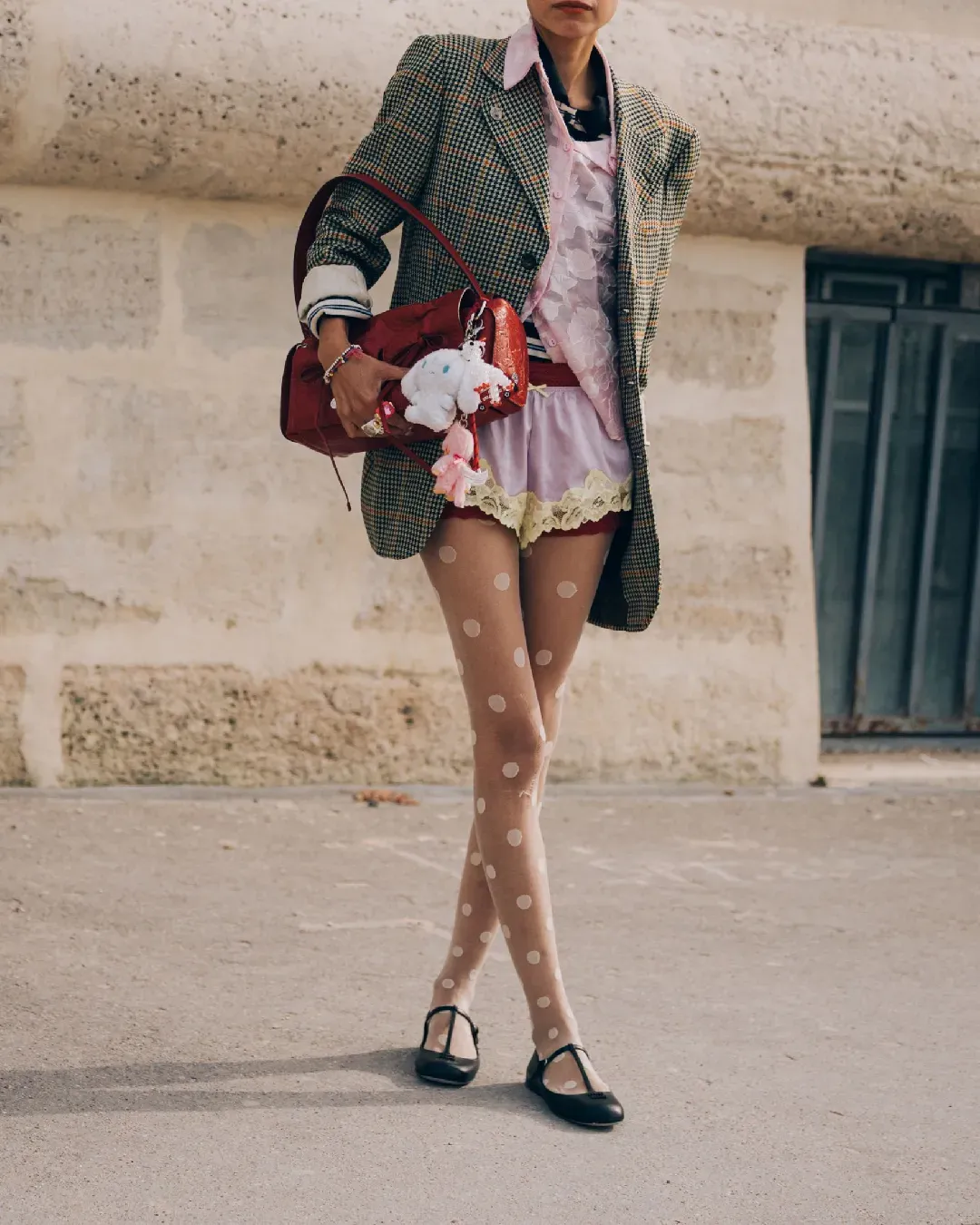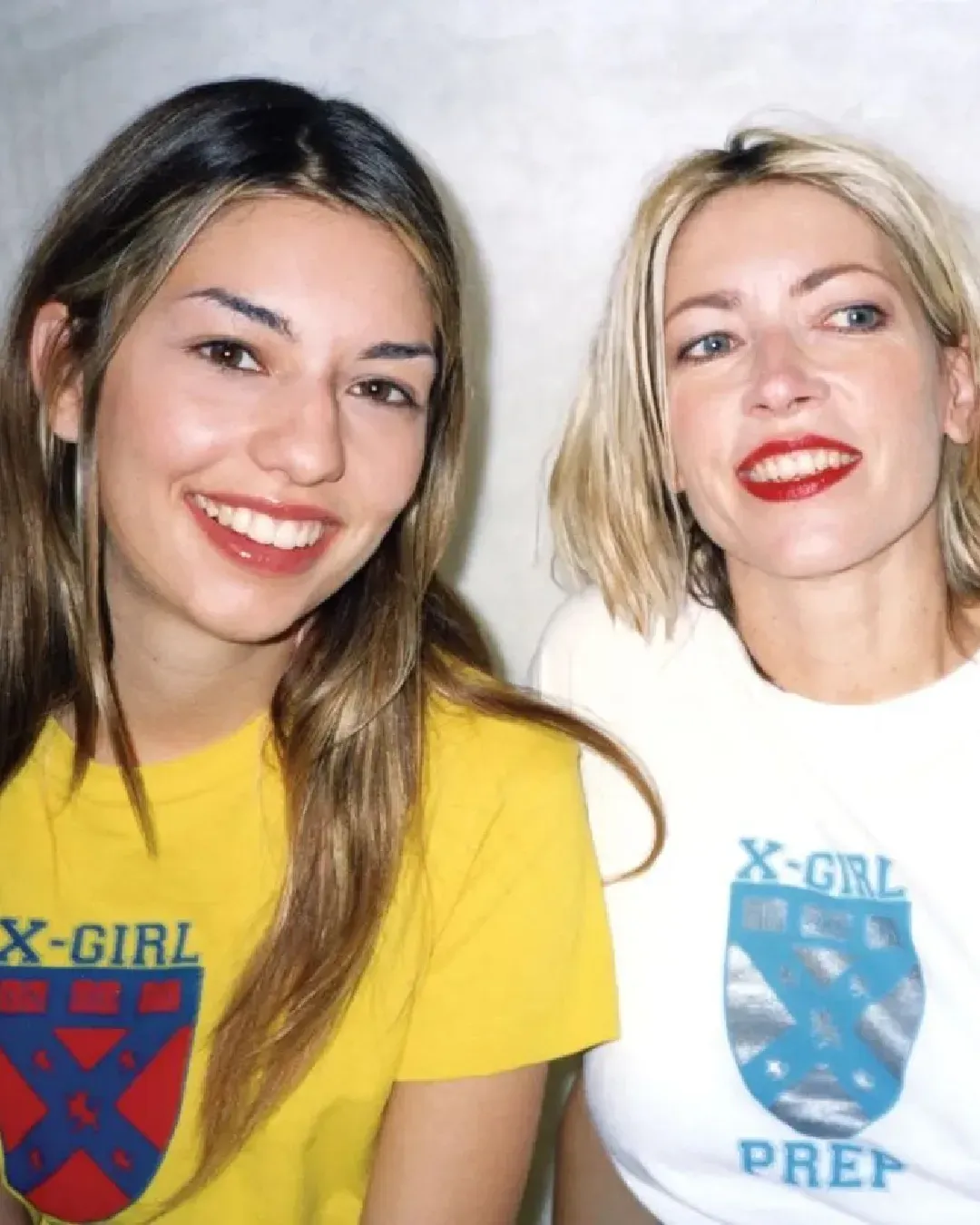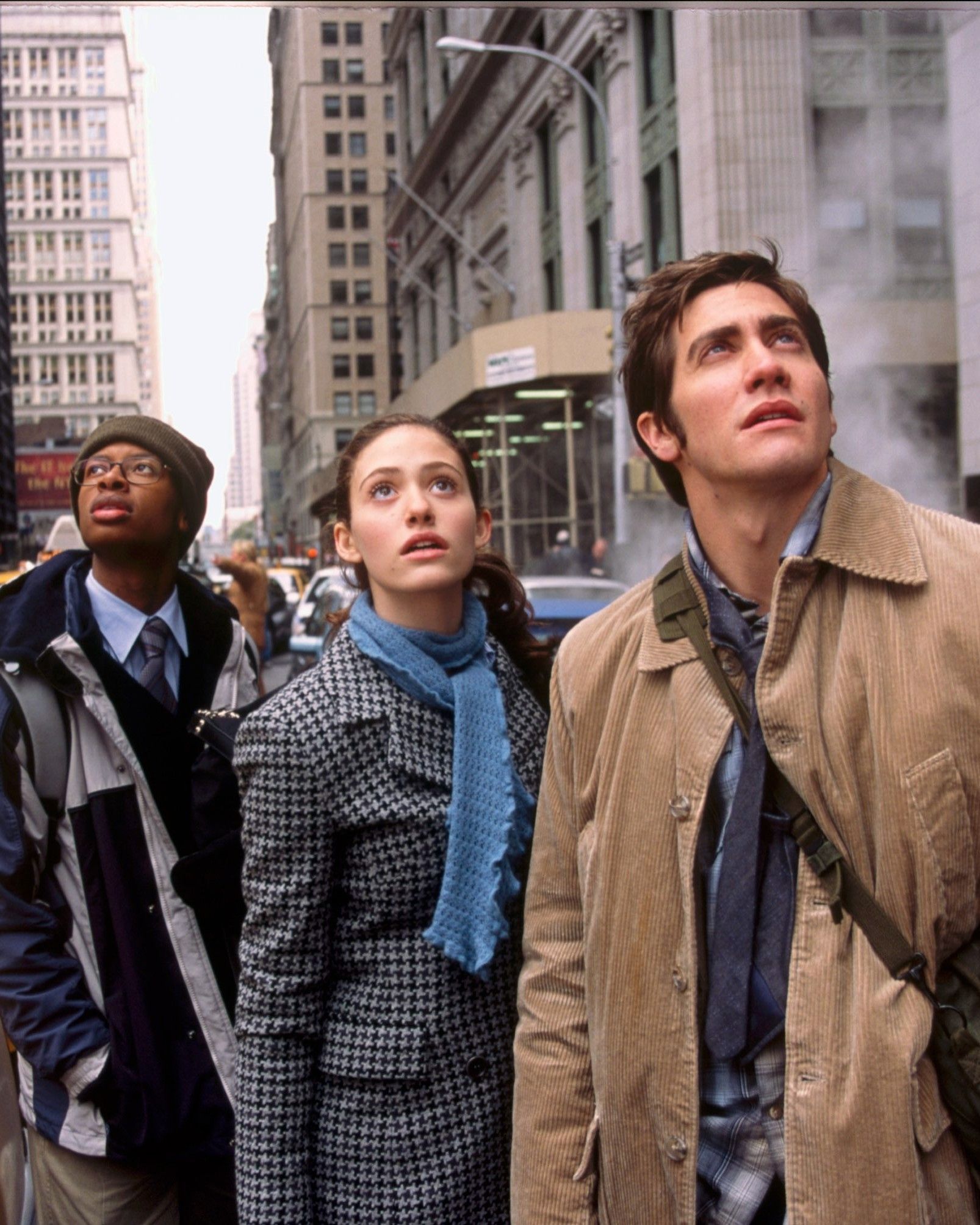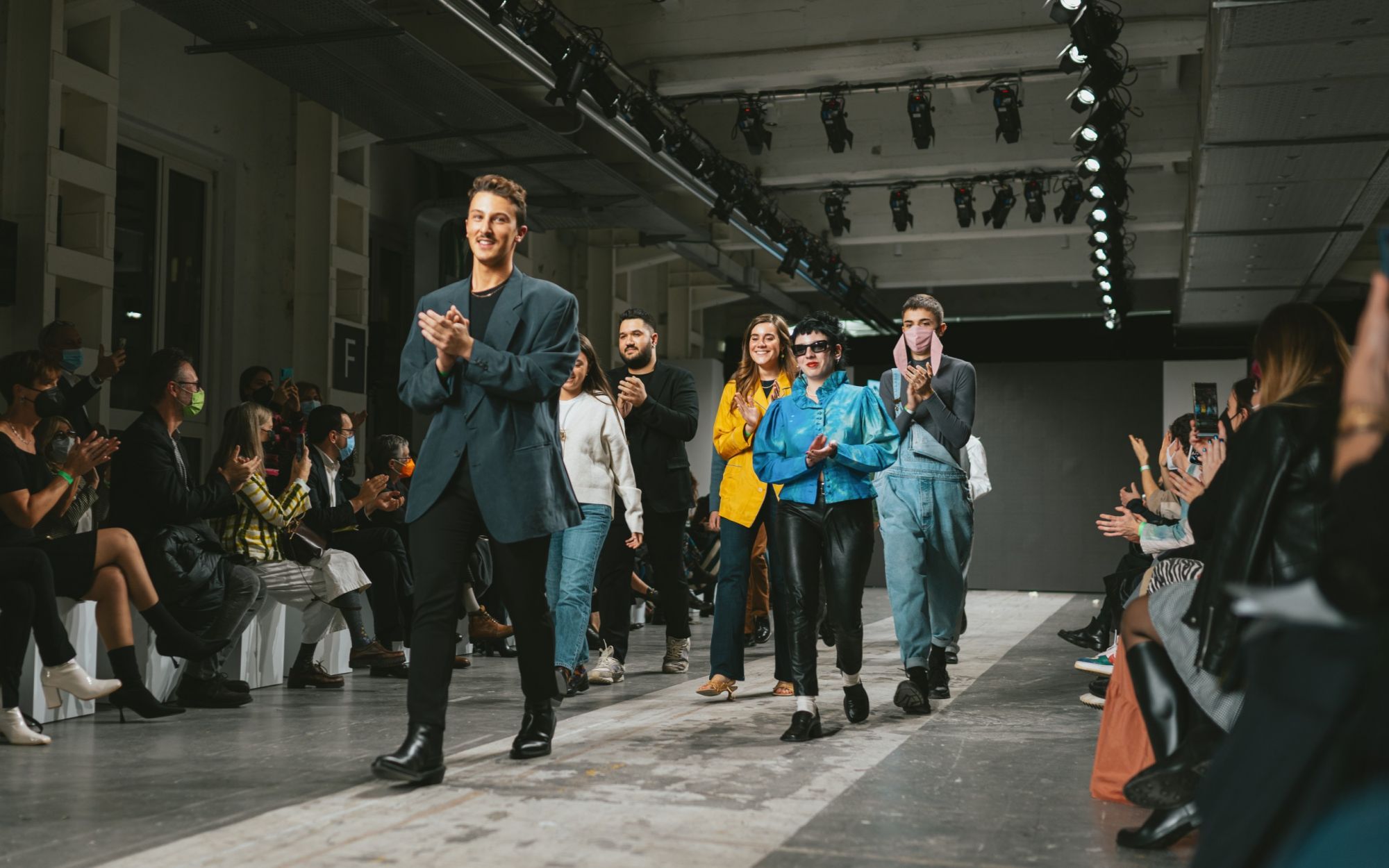
The future of fashion according to the designers of NABA - Planet Dresses We spoke with three alumni from the Fashion Design Area of the Academy who told us about the concepts of their collections
«Time is the true luxury and spending time gives value to the objects we create», explained Colomba Leddi, Fashion Design Area Leader of NABA a few minutes before the start of the graduate show NABA – Planet Dresses that was held yesterday at BASE Milano. The concept behind the show has a multiple nature: the main one is to explore slowness as an instrument of awareness, but also as a reflection on circularity and exploration of one's creative voice. There is much that can be understood from the collections of the design students, each of which is animated by personal elements and inspirations but which, overall, give a picture of the macro-themes that the fashion of the future will face. Three of these designers interviewed by nss magazine, Julia Cristina Salvarani Diaz, Andrea Boccadoro who presented a collection created with Ipek Kara and Oliver Stromsater, while signing very different creations have all accentuated the new emotional and personal implications of fashion must have, both by the designer and by those of the end user, but also an interest in circularity, a sense of responsibility that young creatives perceive growing up in a fashion world dominated by vintage and secondhand, in which on the one hand what has passed is recovered and on the other, to quote Leddi, there is «a lot of attention to what is new but that has not found application» they highlight how circularity concerns both what remains of the past and what is wasted in the present.
For Stromsater it is a question of responsibility of the production process but also cultural: «Incorporating what already exists is a way to encapsulate these cultural references in physical form». For Salvarani clothes must have «a reason to exist» therefore circularity becomes on the one hand responsibility and on the other emotional bond. For Boccadoro, on the other hand, upcycling is a way of suggesting new creative combinations: «I really like to see one thing that changes function and becomes another and see how an object that continues to have its memory changes». All values and philosophies that, now in one way now in the other, were also present in the other collections by Bertu Basoglu, Silvia Cannarella, Lucia Carmagnola, Nicola Cudazzo, Arianna Gaudioso, Francesca Quagliano, Marco Santini and Matteo Turchi.
We asked the three young designers to tell us in their own words the concept behind their collections that they showed yesterday. Here's what they told us.
«The concept of the collection is to scream with joy, to say that we are alive. When we wear clothes I believe that they must make you happy in some way, reflect our joy and our vitality. [...] I think it's important to find out why what I want to do has the right to be created – not just because I like it but because it has to have a function that is not only aesthetic, but also functional, and it has to say something, make us happy».
(Julia Salvarani, Fashion Designer)
«Sustainability is the main focus, as well as the variety of fabrics which is a reflection of the diversity of individuals that walk the street. The title of the collection is Personas and this relates to how some aesthetic identities inform us stylistically but also in how some certain social situations we might adopt a persona in order to portray a certain social image».
(Oliver Stromsater, Fashion Designer)
«We wanted to propose kindness as an act of rebellion – being kind requires courage and goes against what society teaches. That's why we've created an agender collection, colorful, fun, that doesn't take itself too seriously. [...] I wish we could get back to dressing for fun – that's what I do in my job and in my life. And so I wish we were all happier, quieter and had a lot more fun».
(Andrea Boccadoro, Fashion Designer)
«We wanted to take some time, we wanted to do things carefully and carefully and introduce virtuous processes already in the design phase - a big change compared to the past. This has always been part of NABA: investigating the identity of the student and his qualities – everyone finds their own direction. New designers proceed in a more personal direction, trying to invent something that was not there before and crafts that we do not even know existed yet».
(Colomba Leddi, Fashion Design Area Leader of NABA)











































